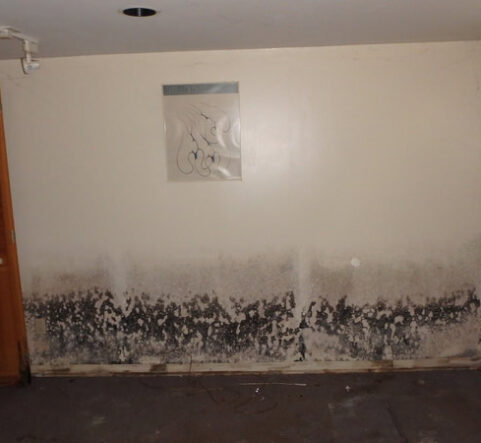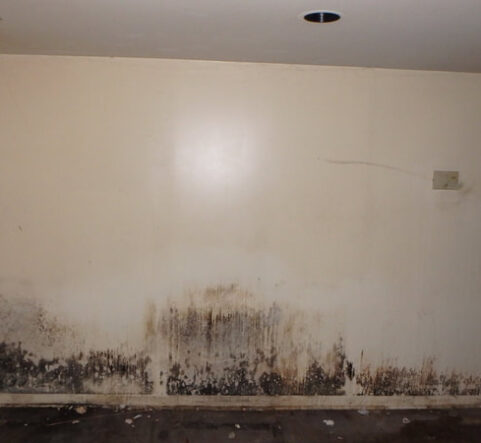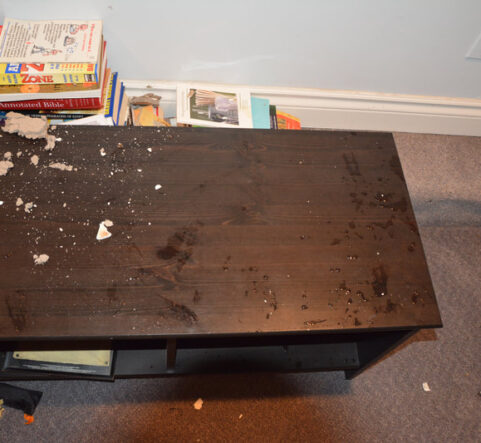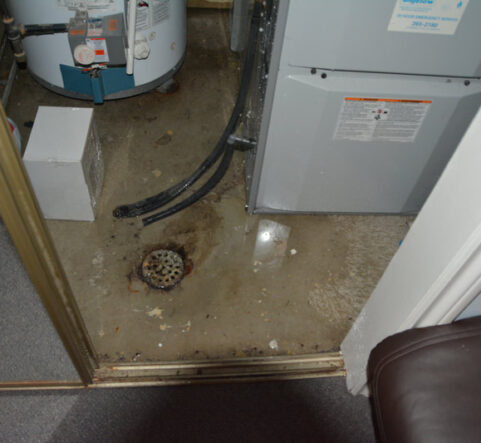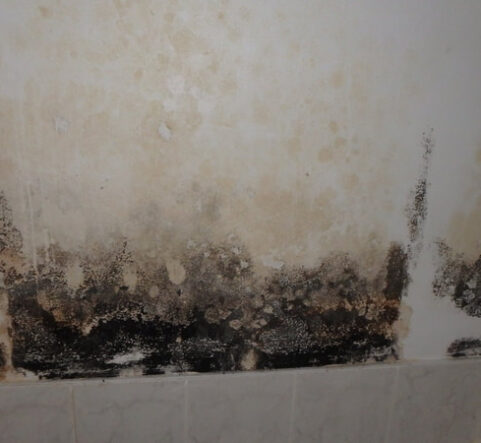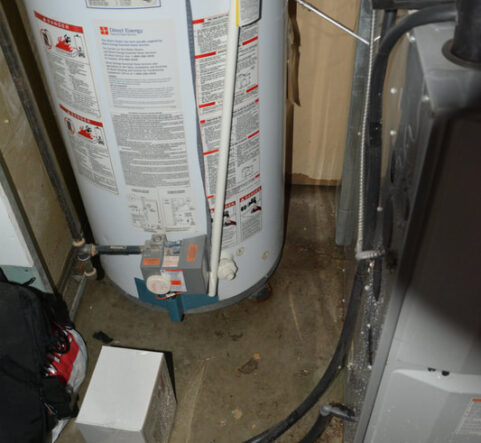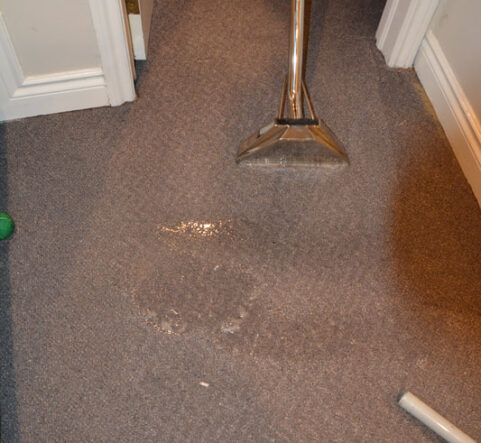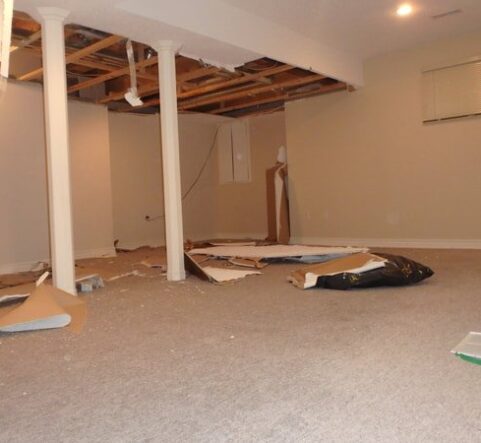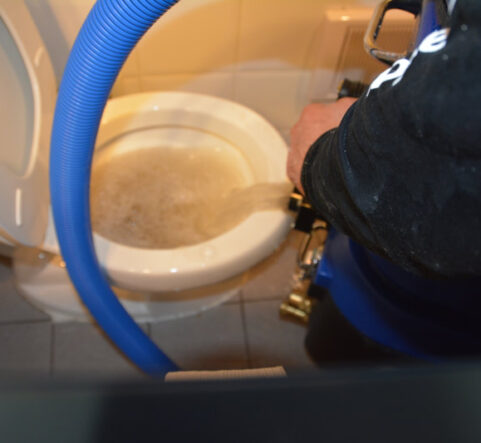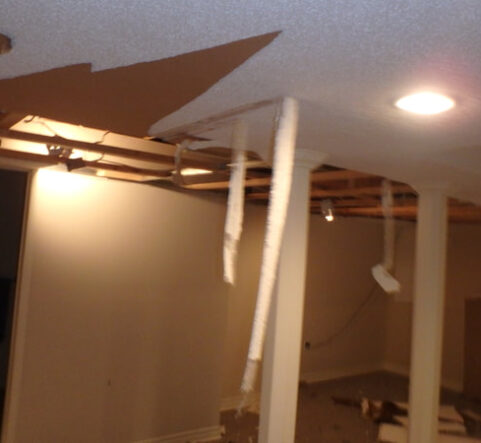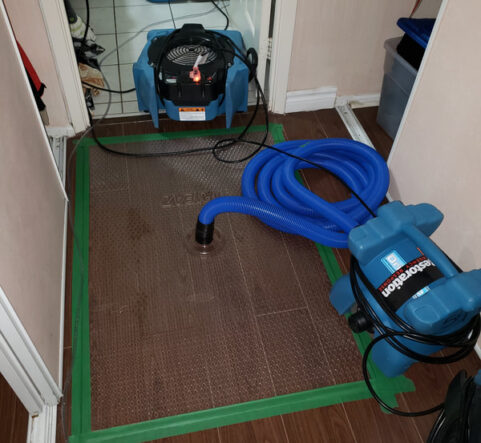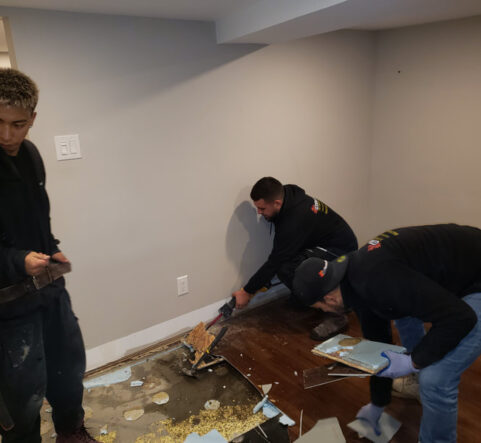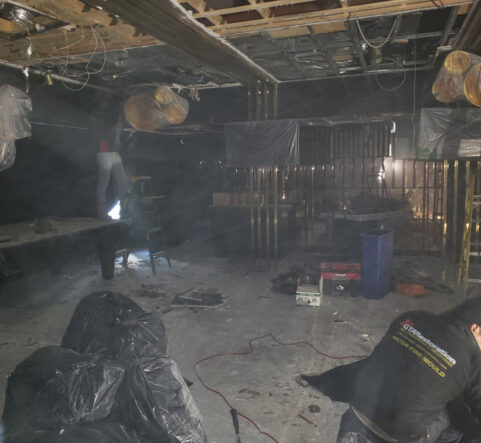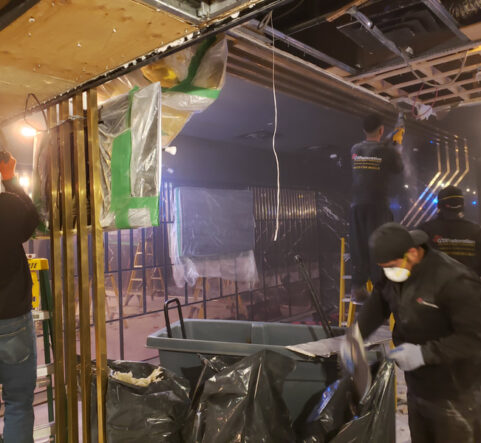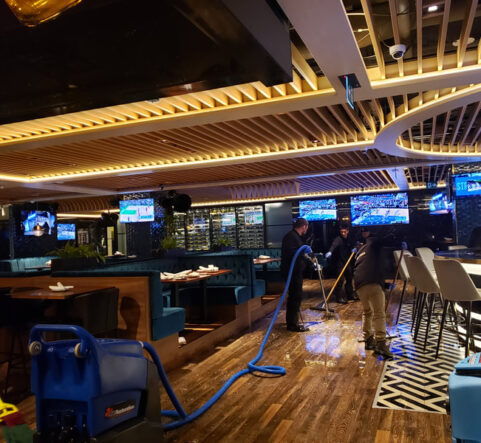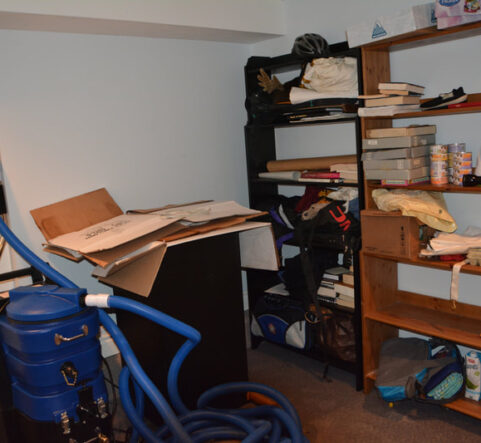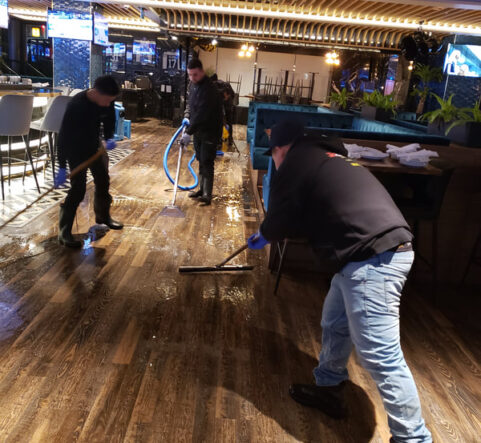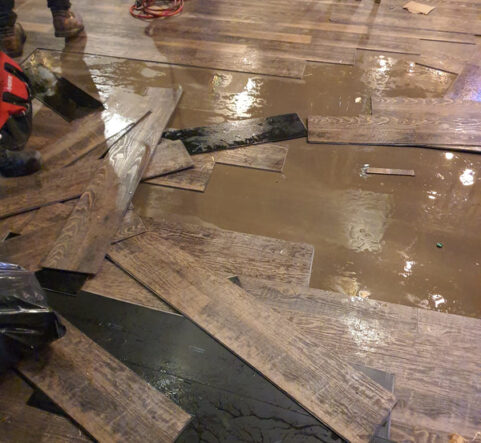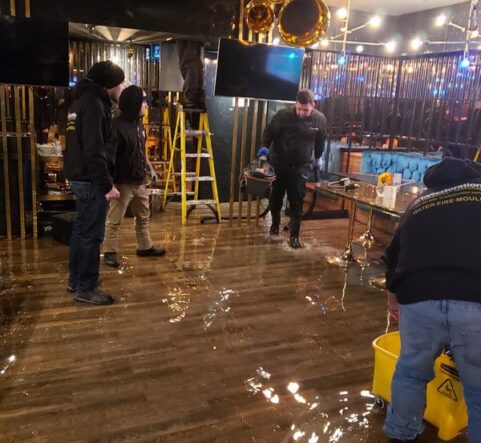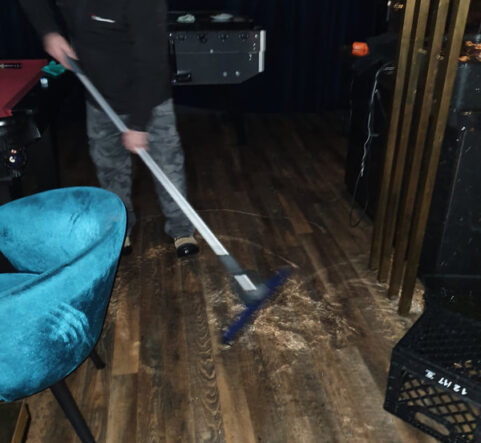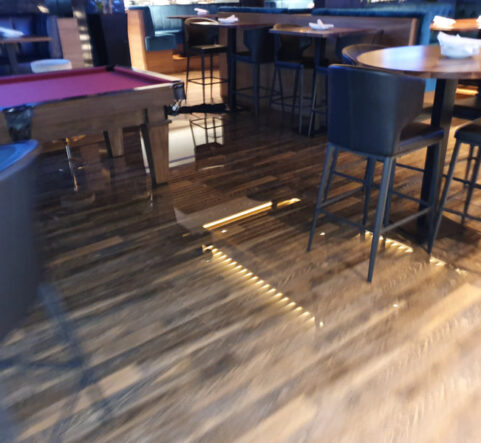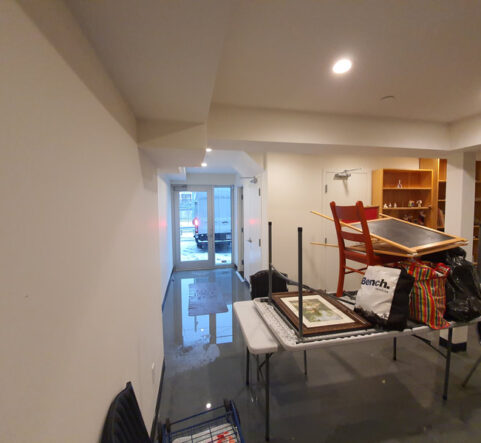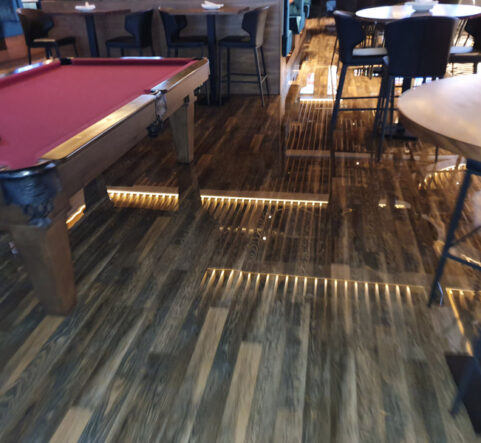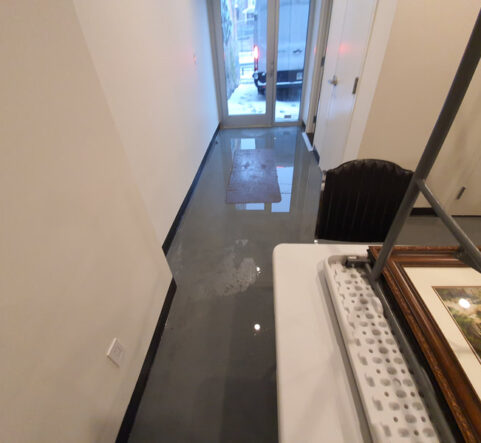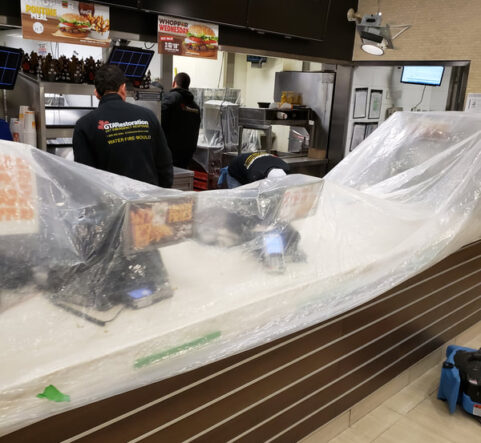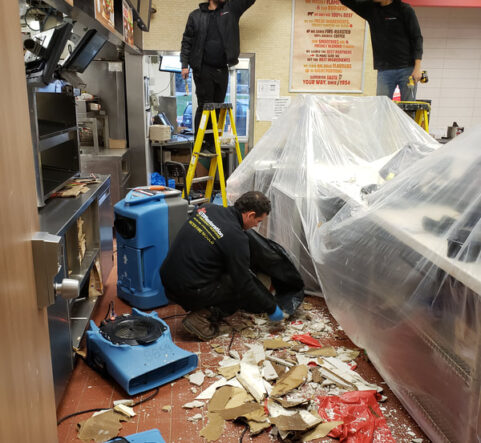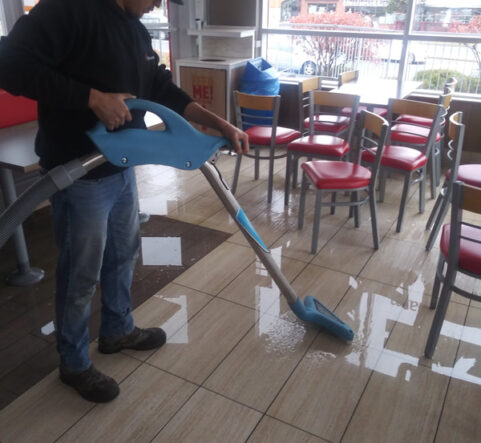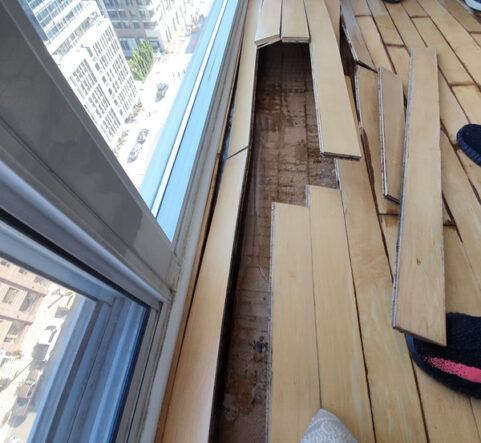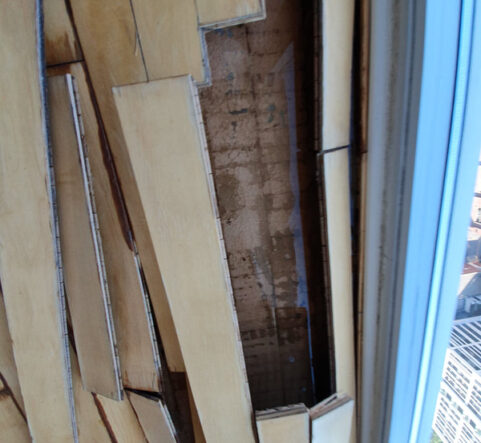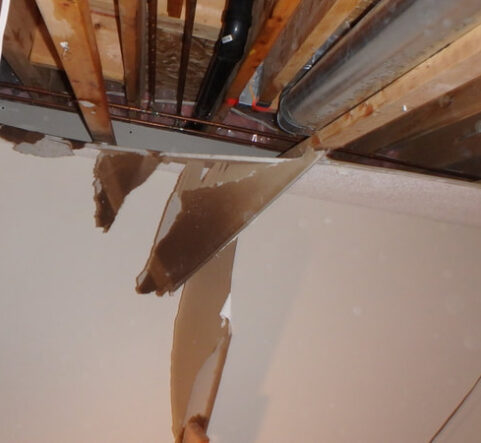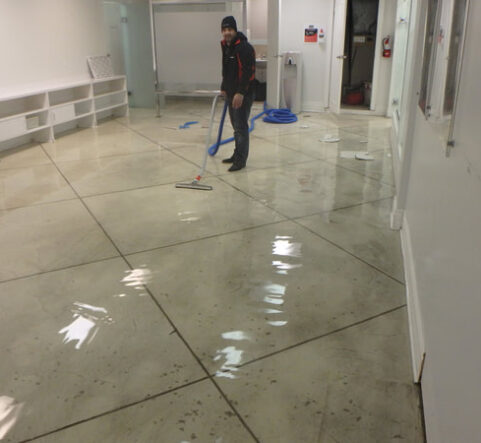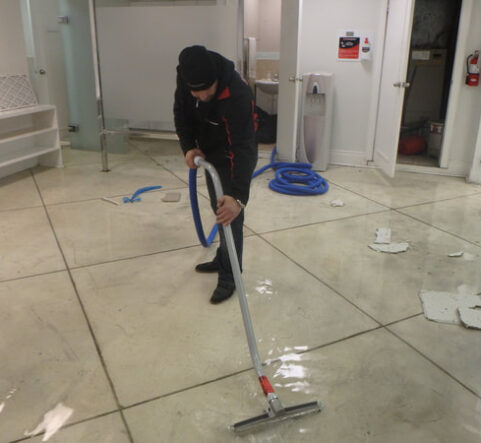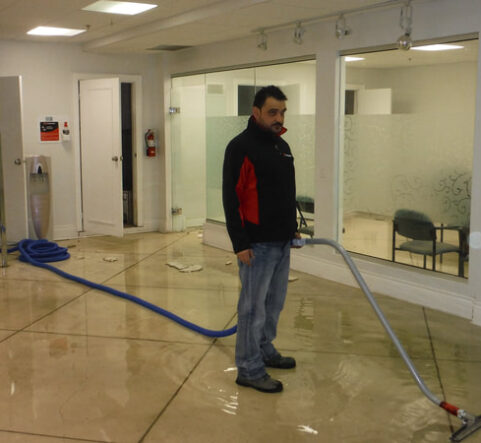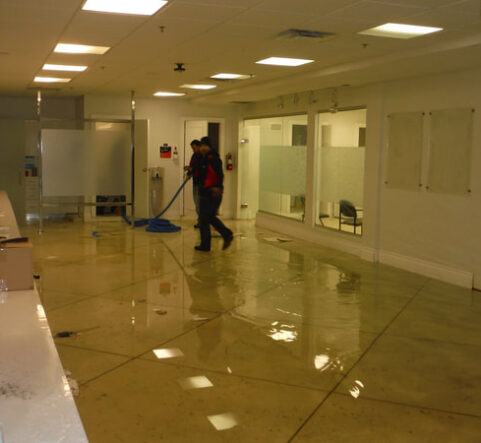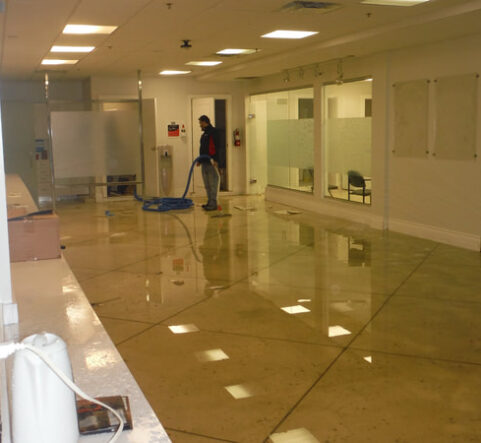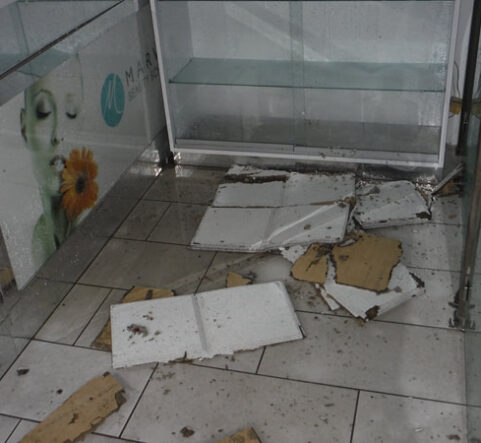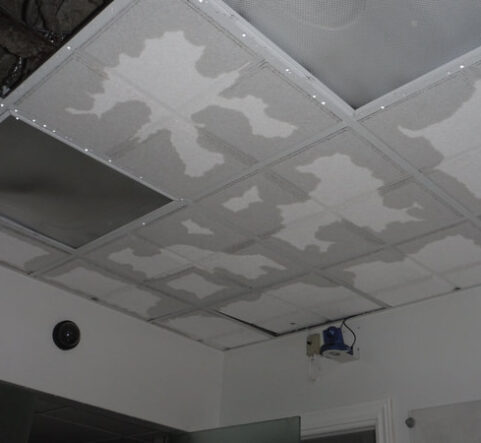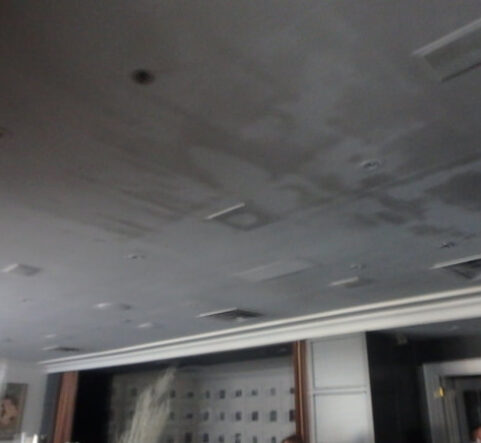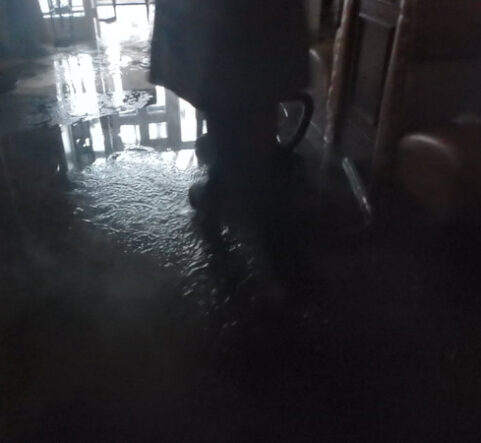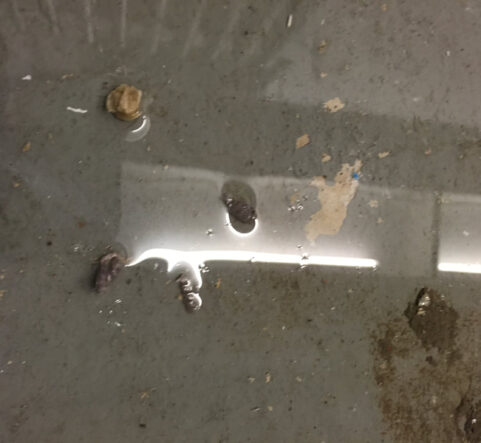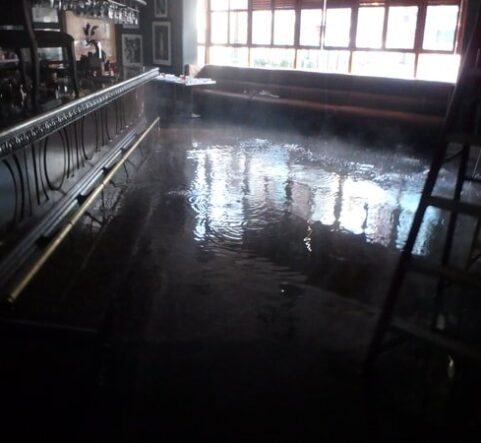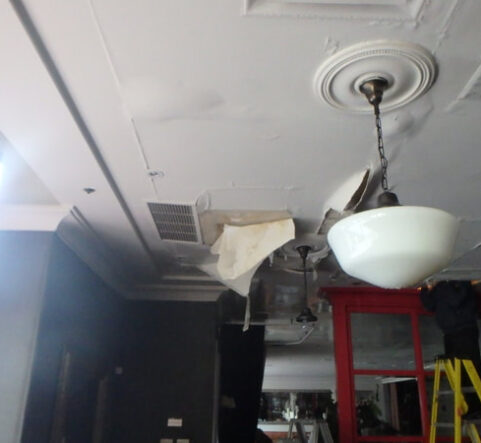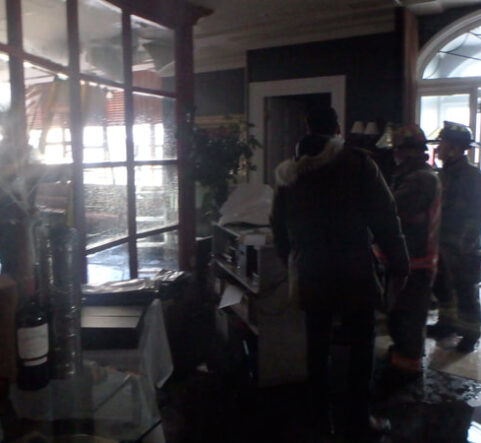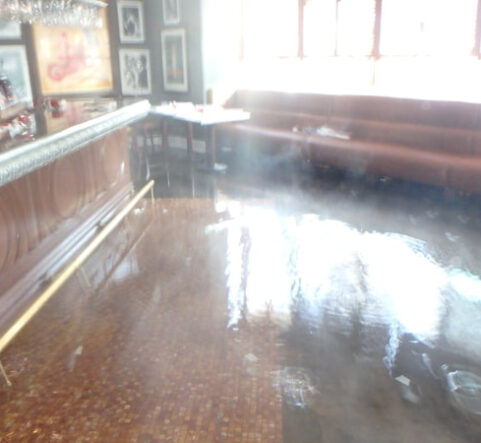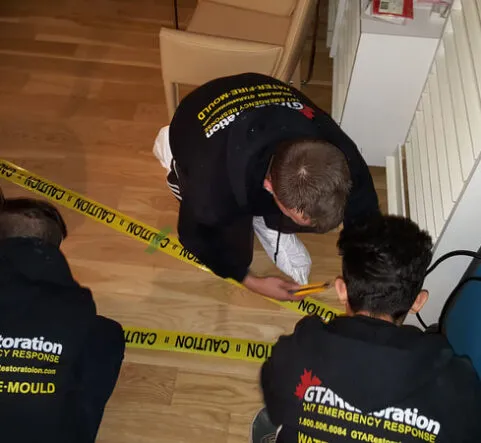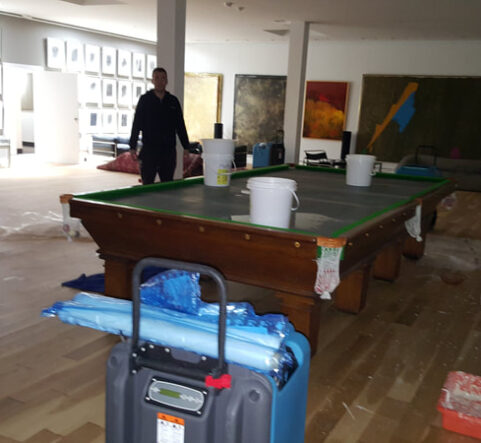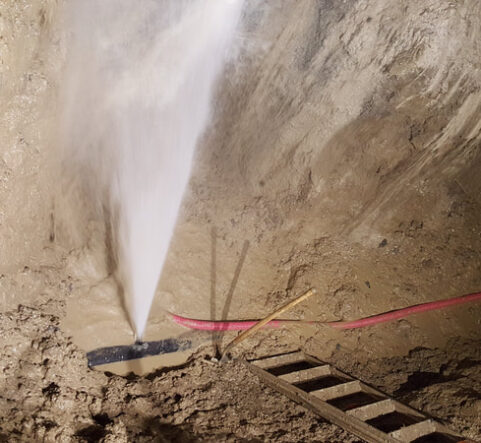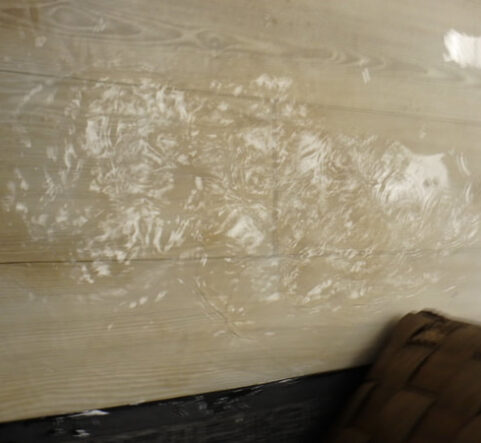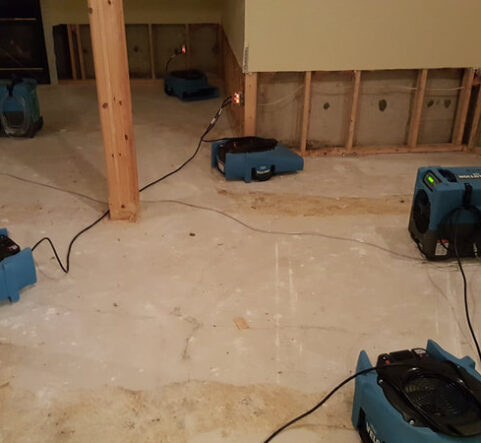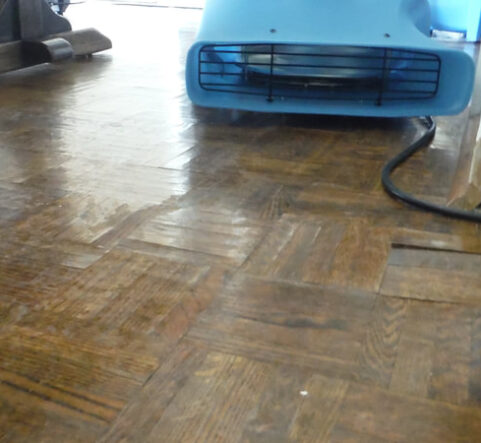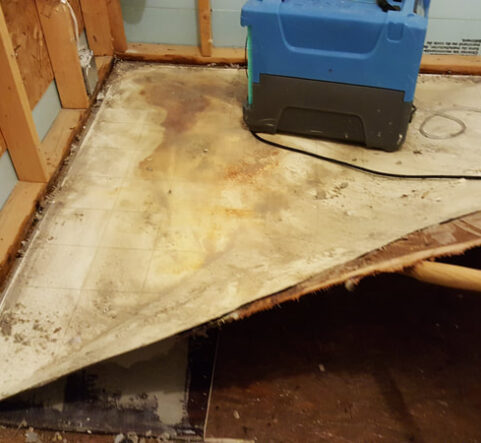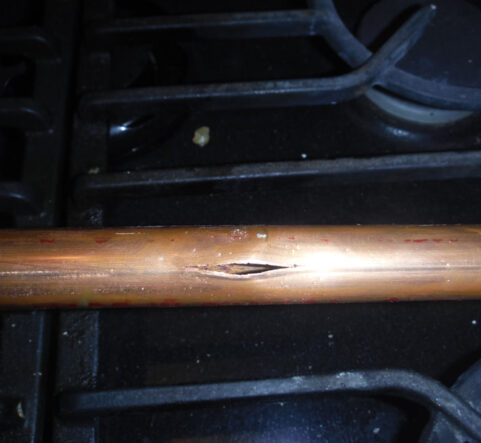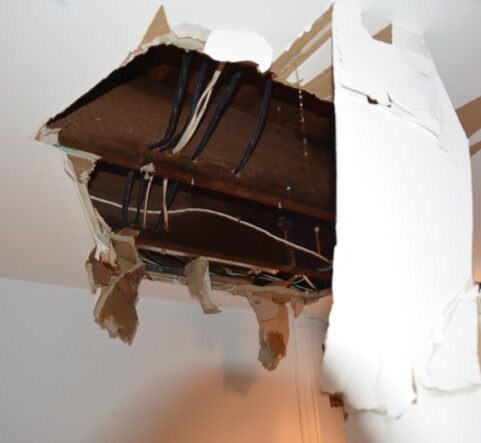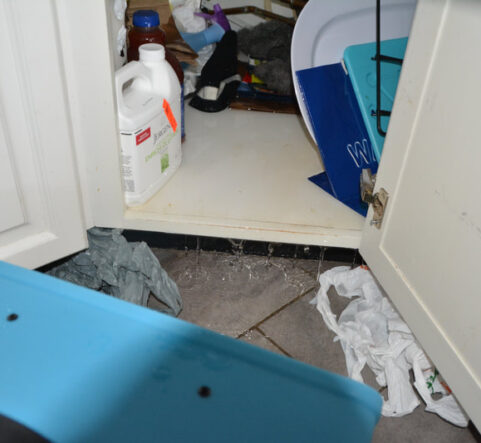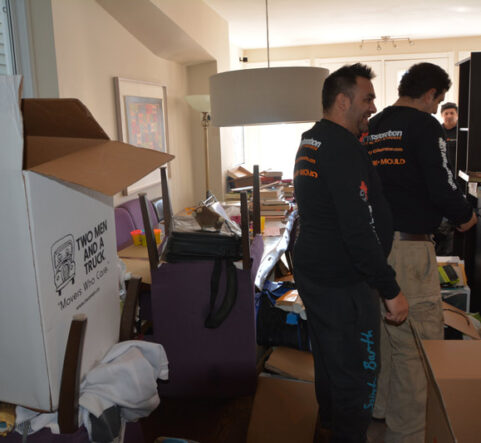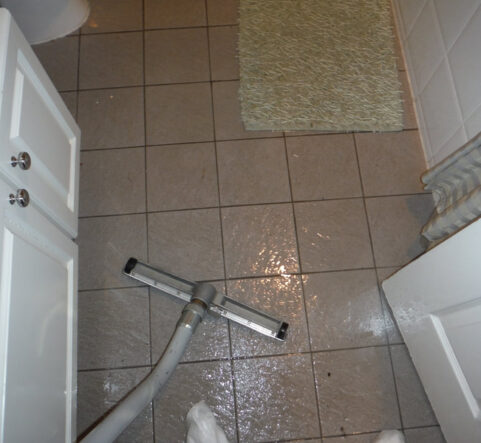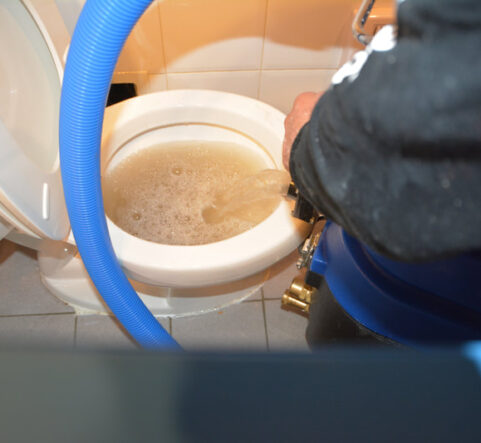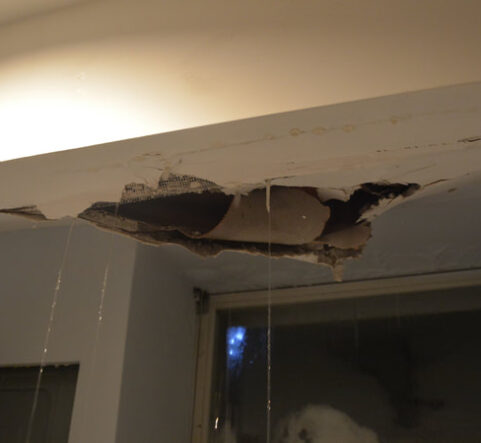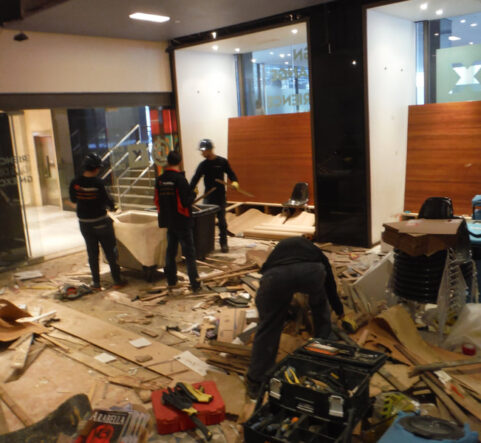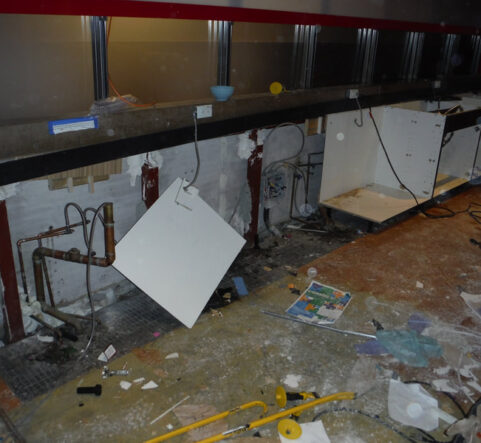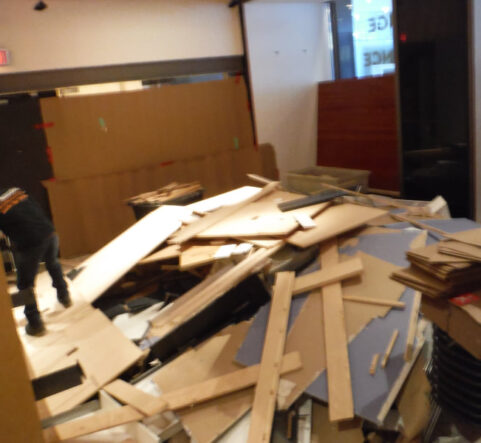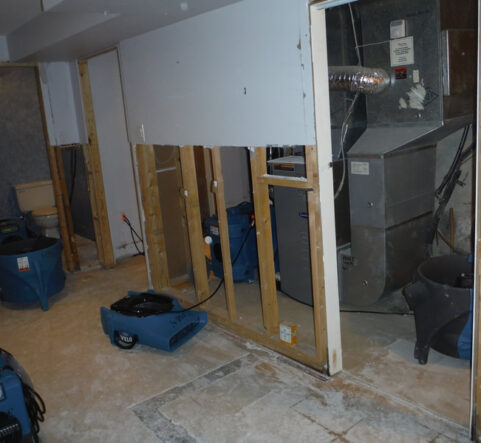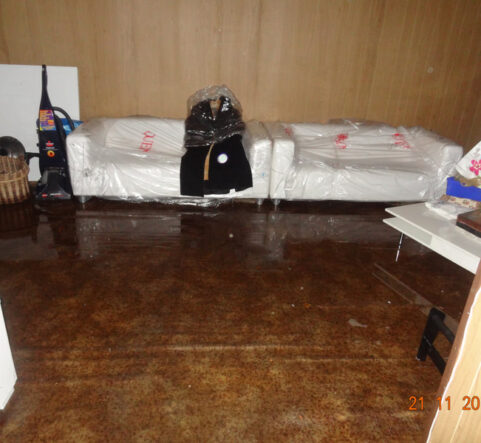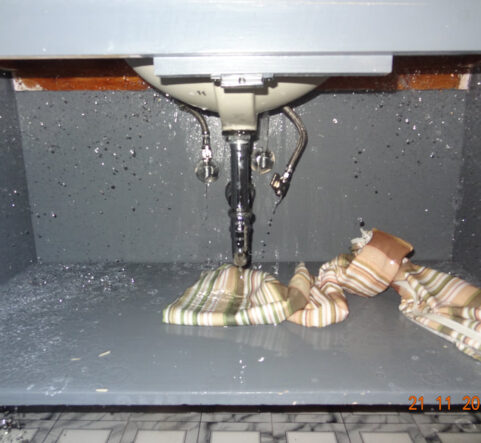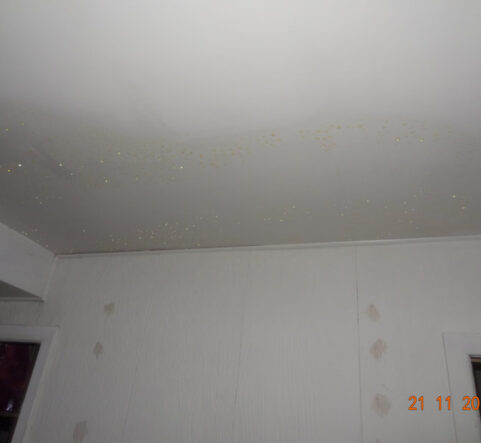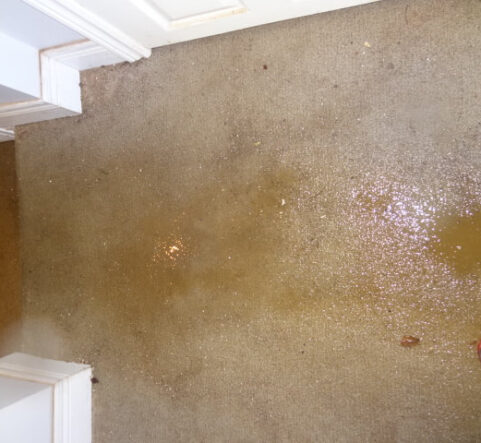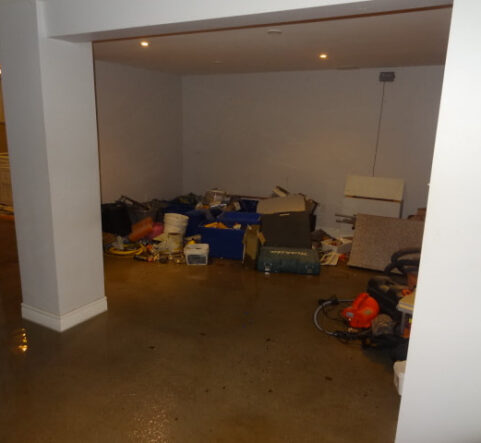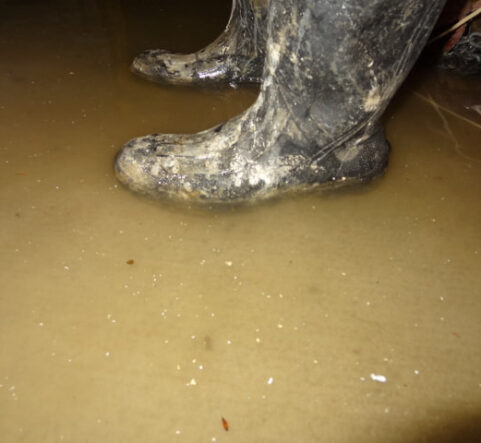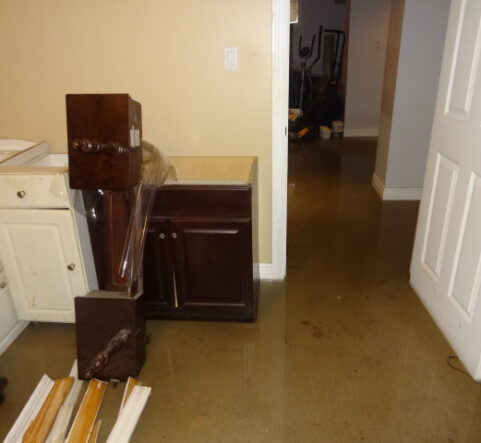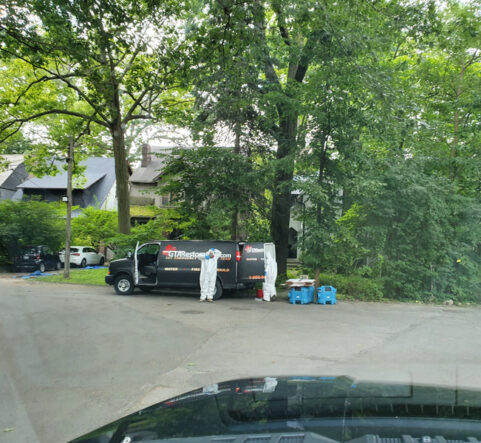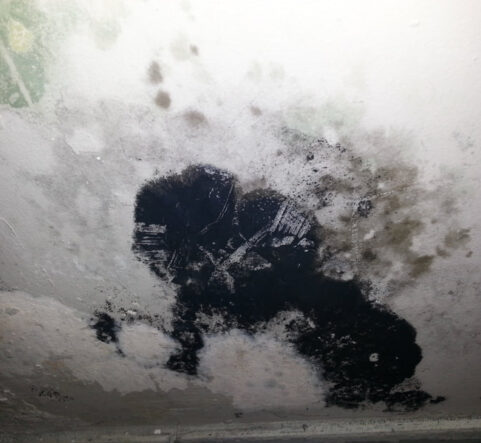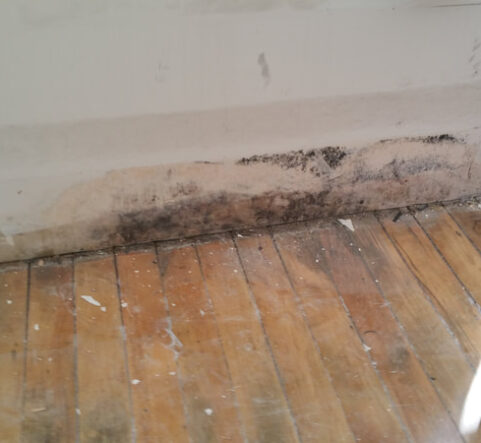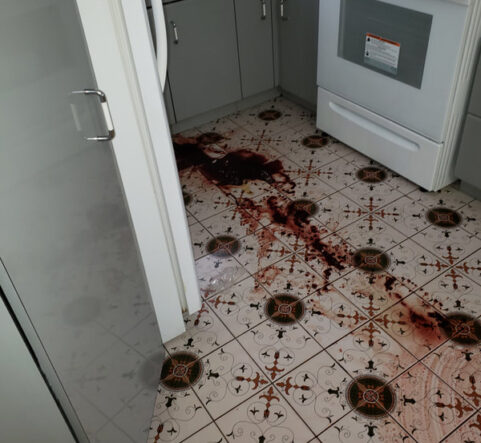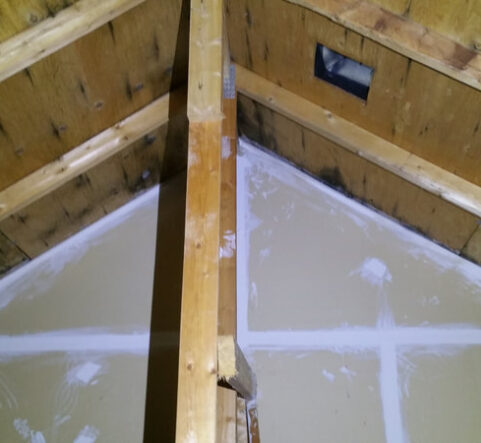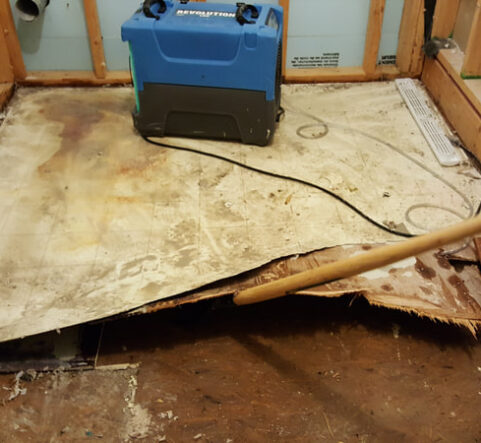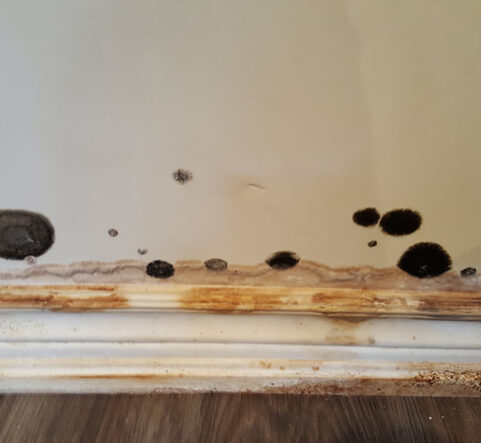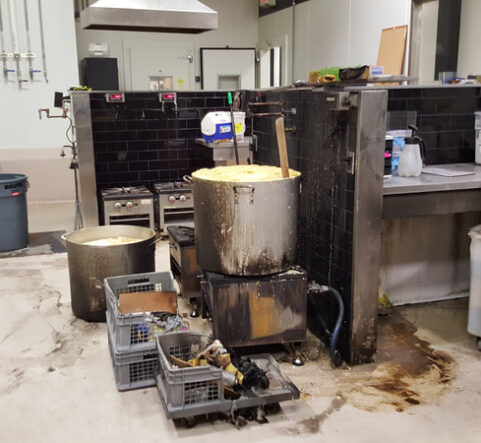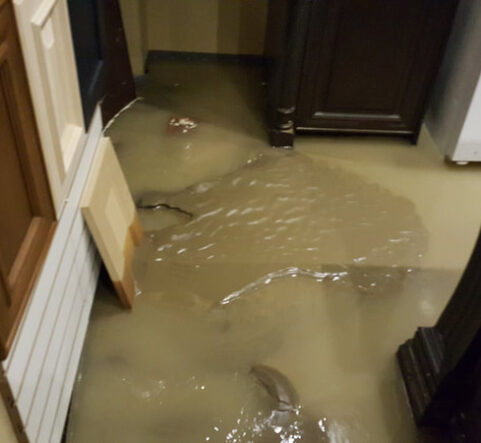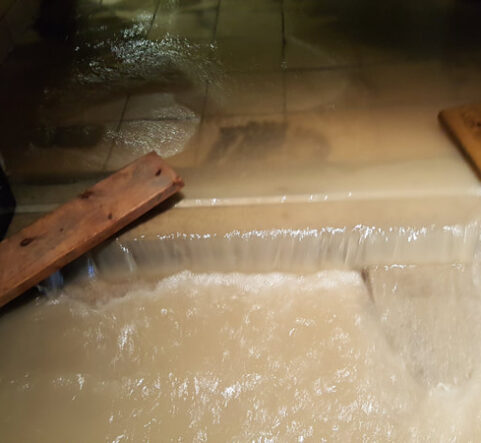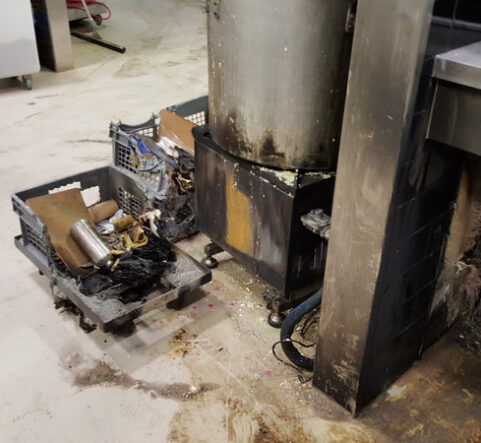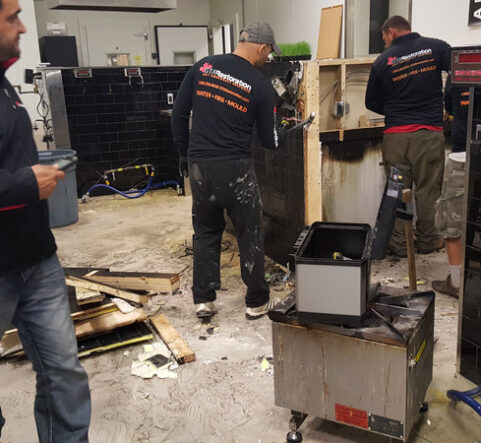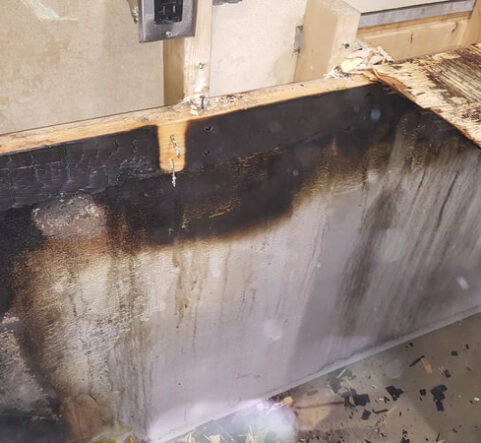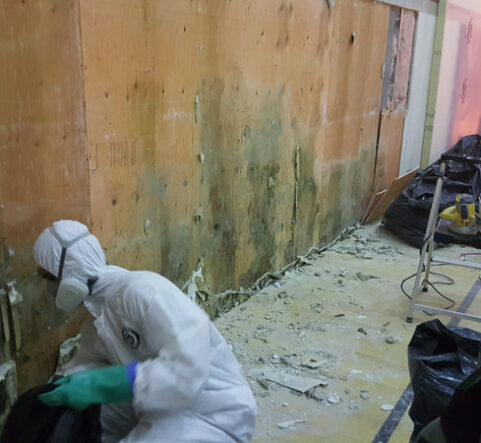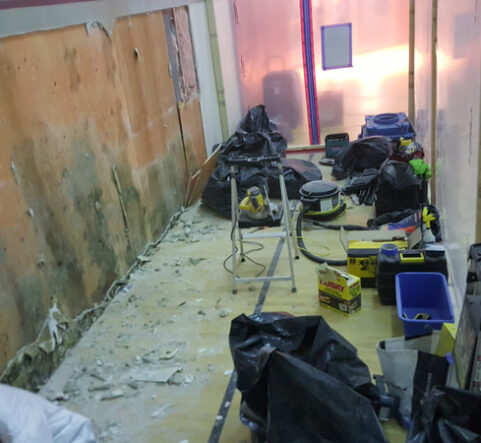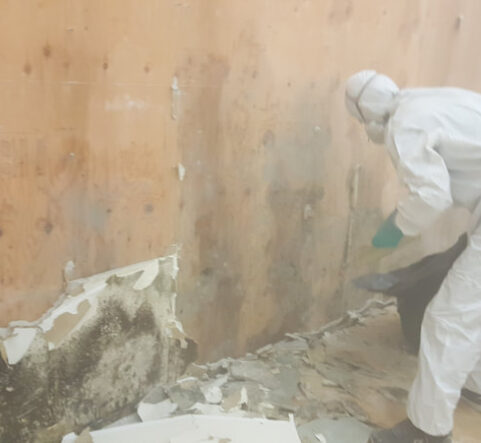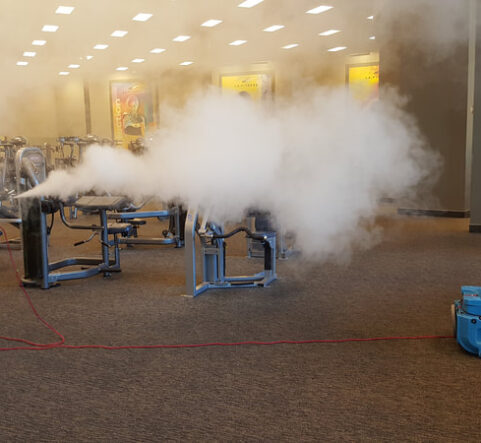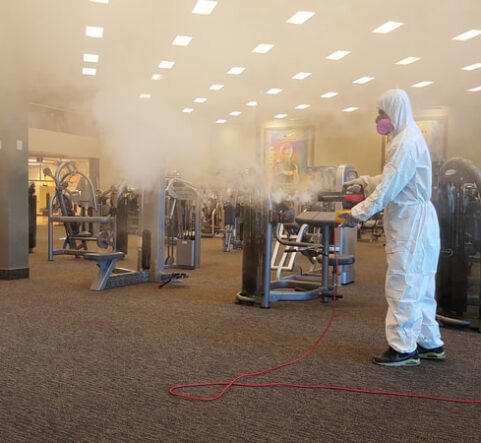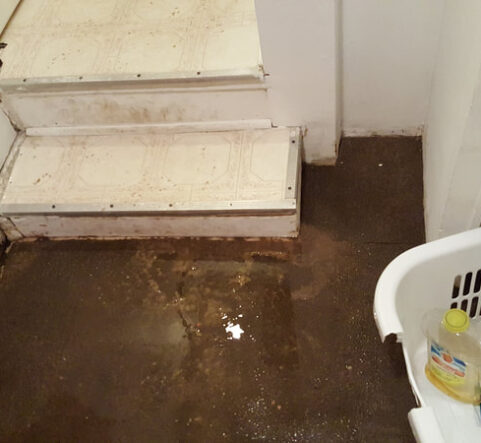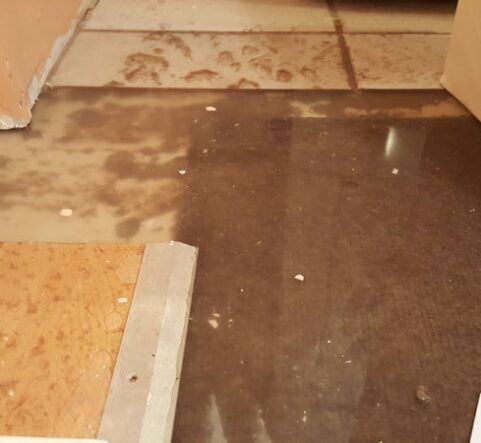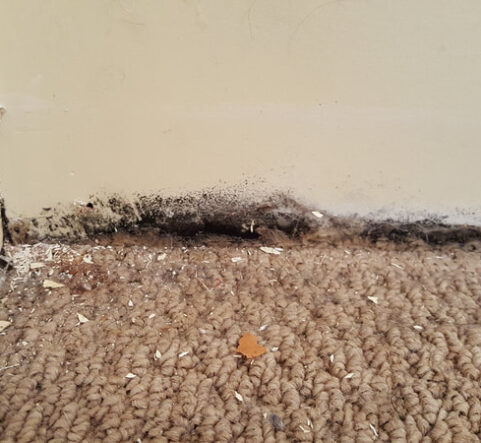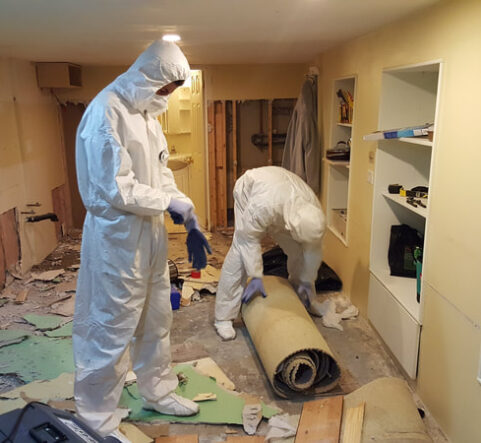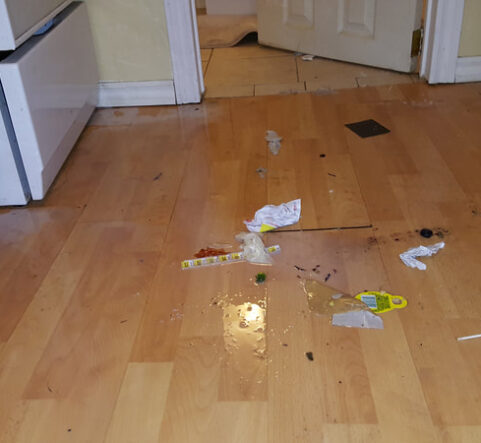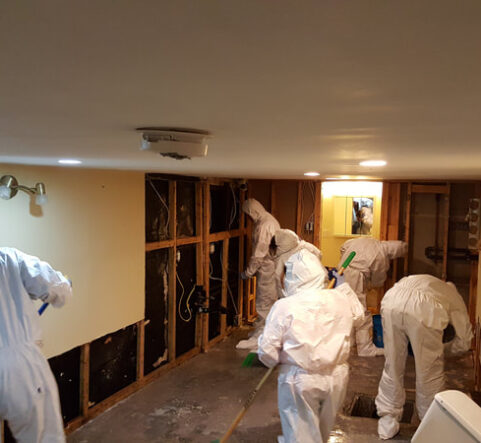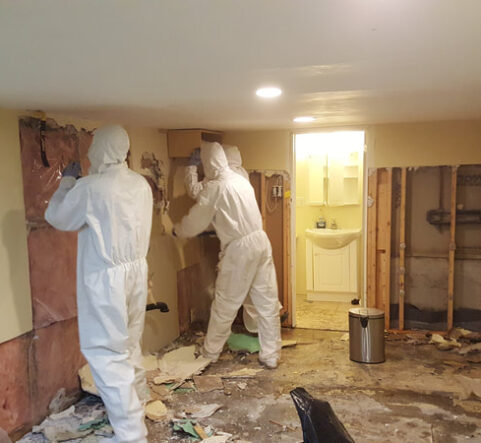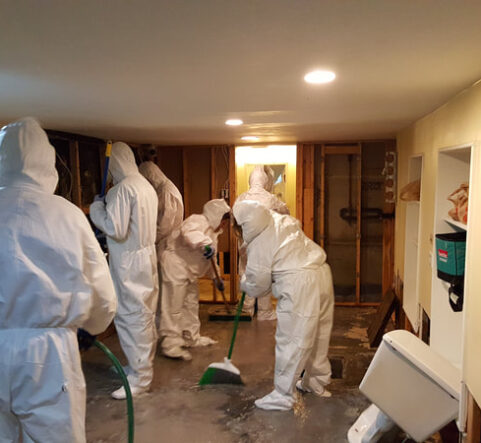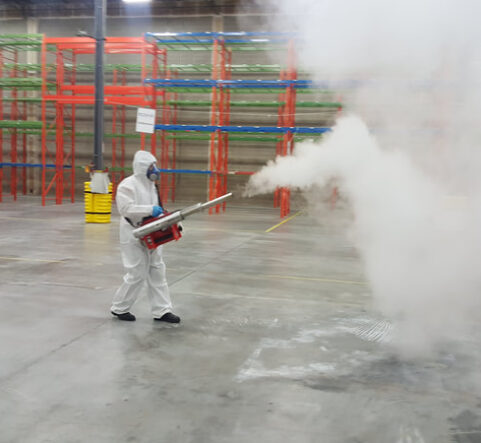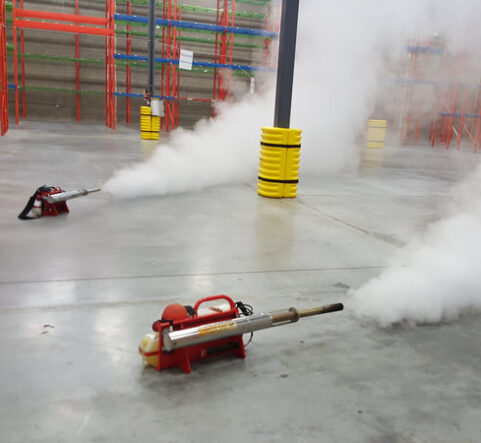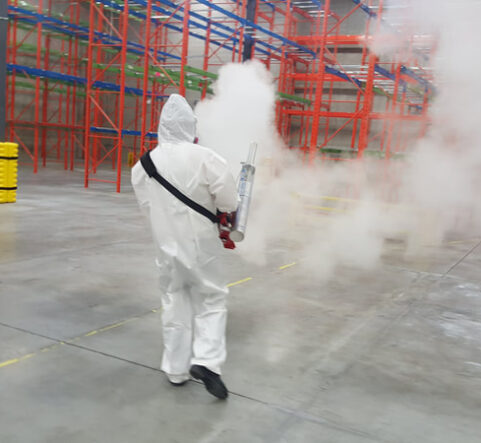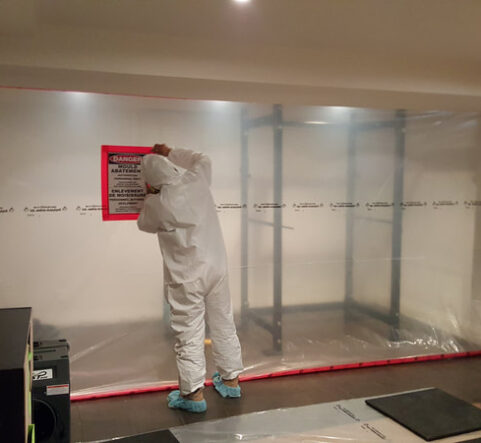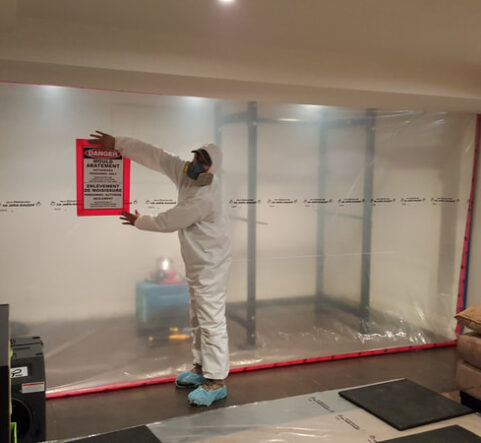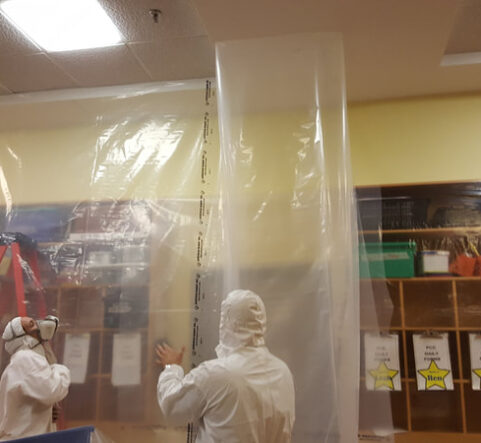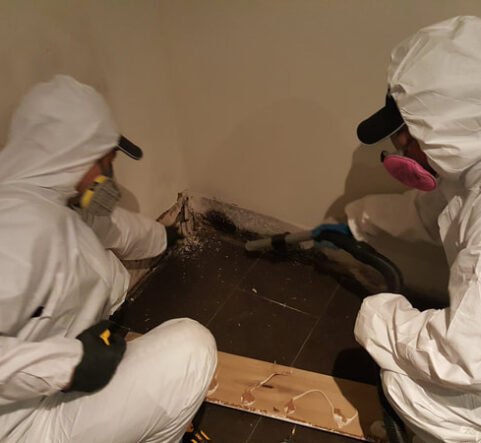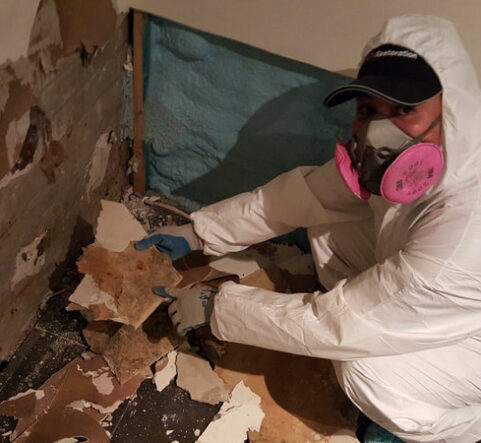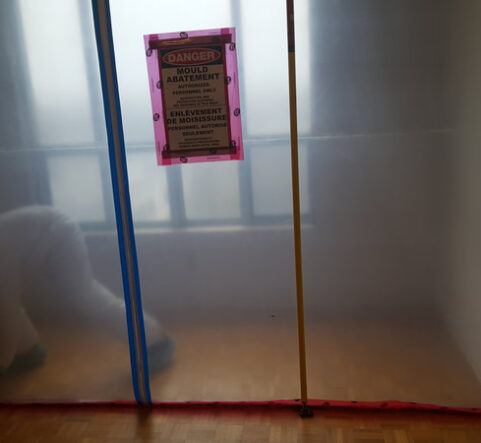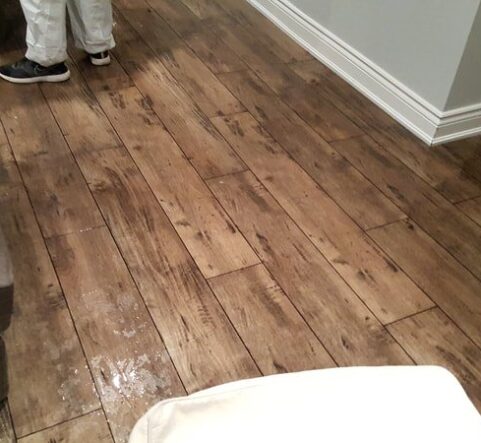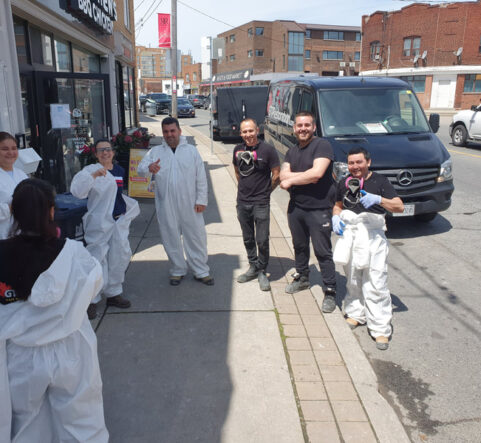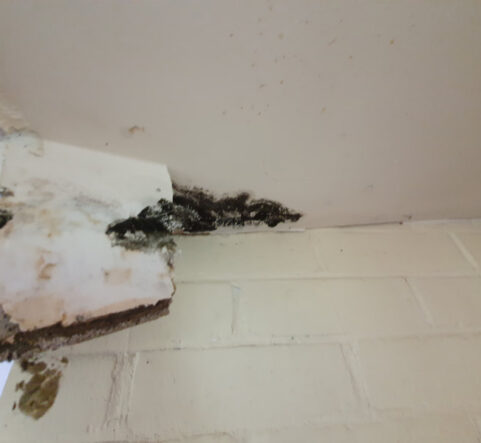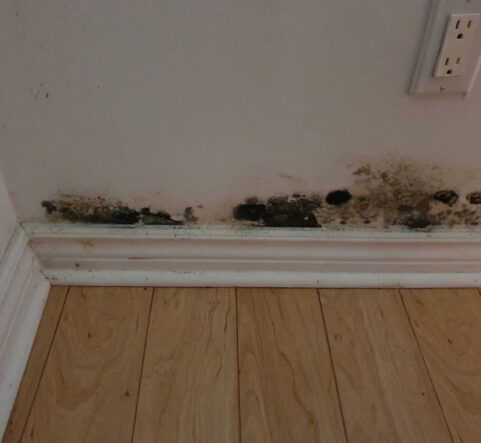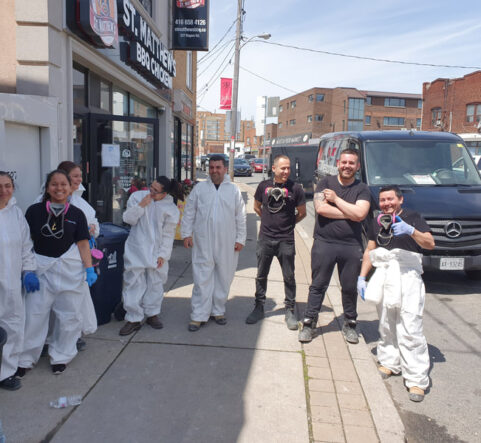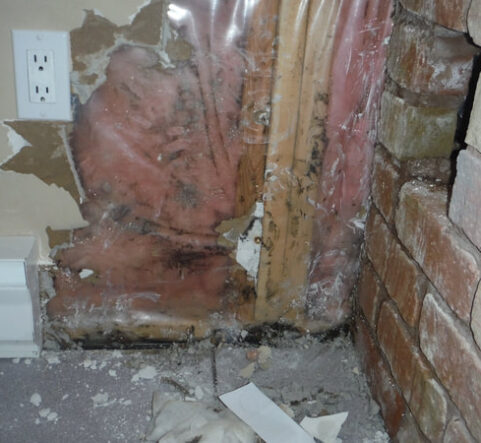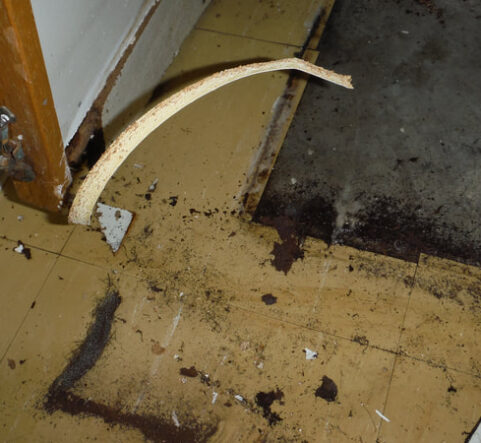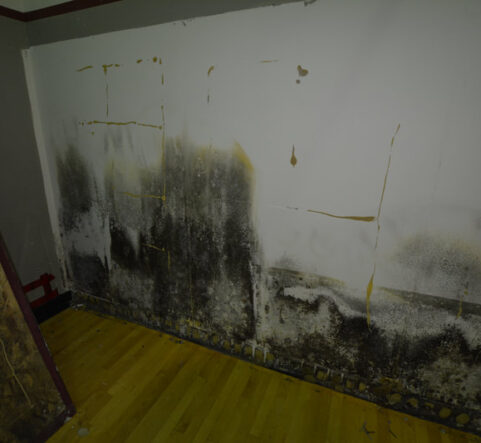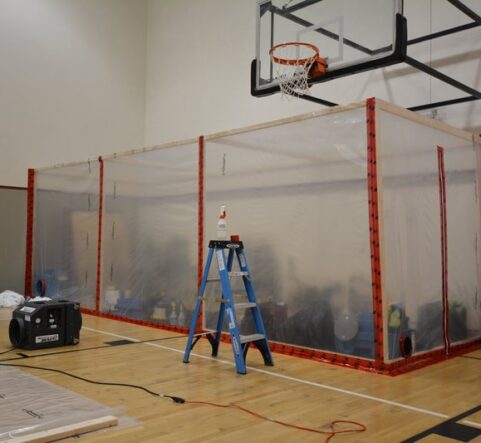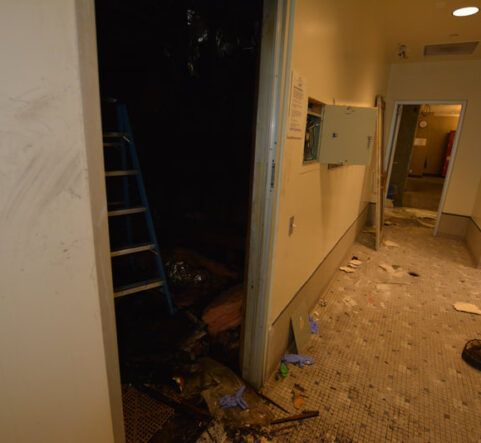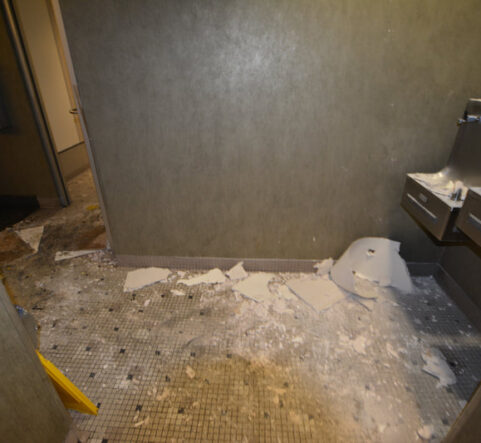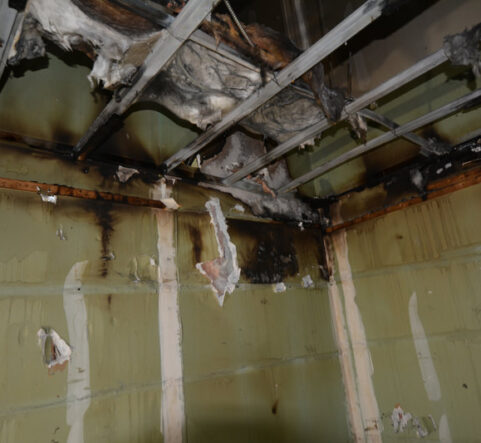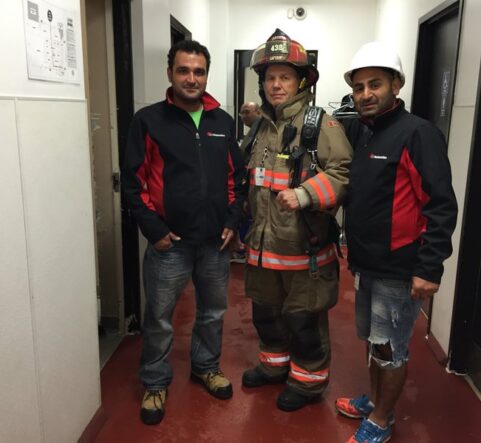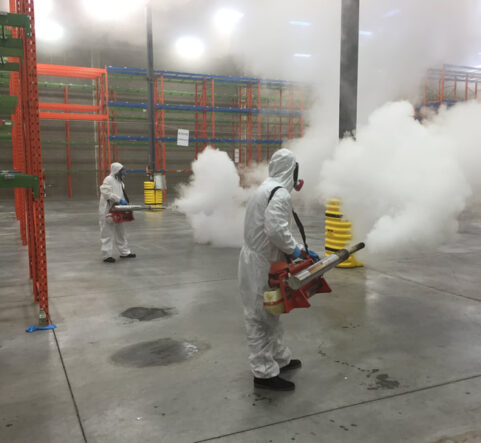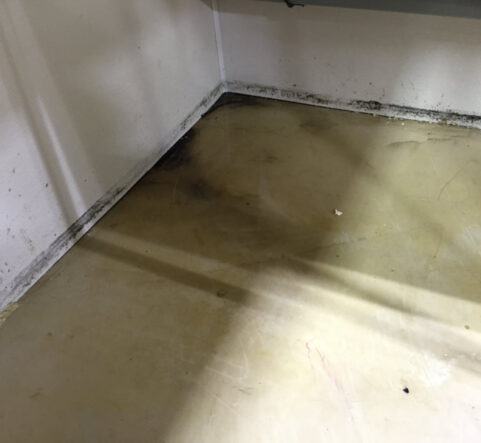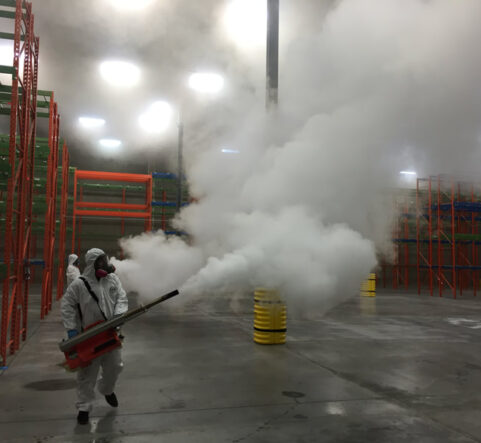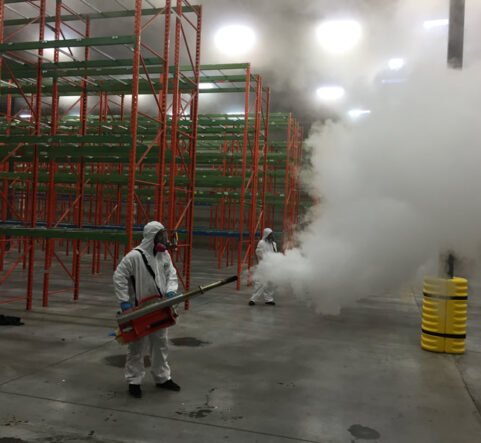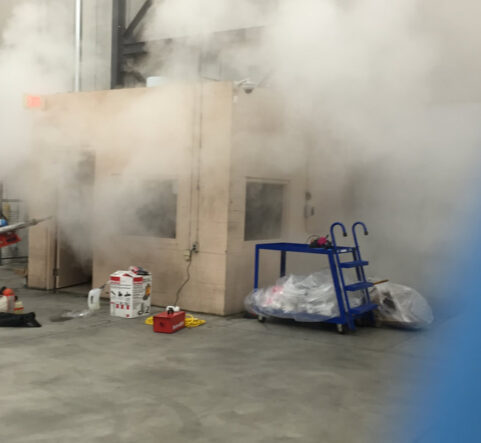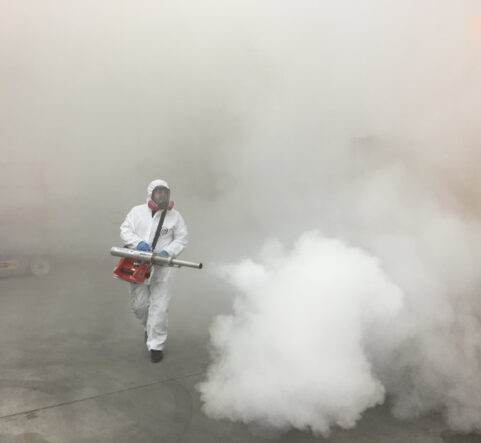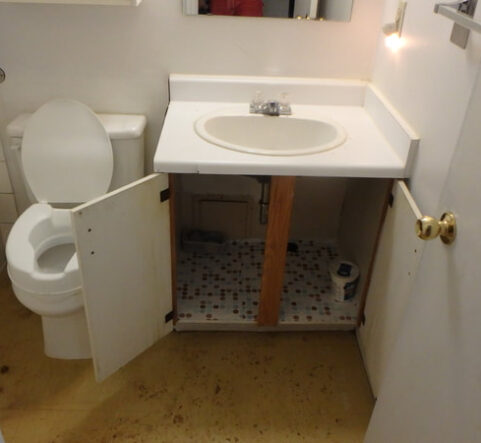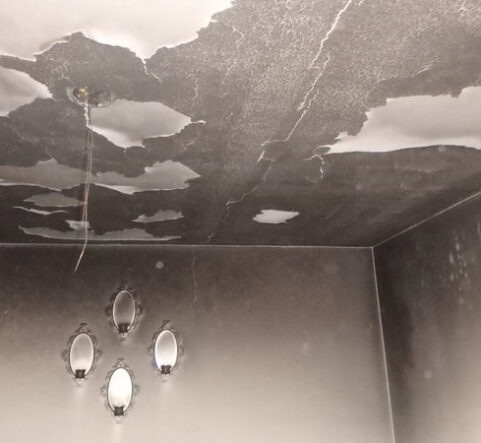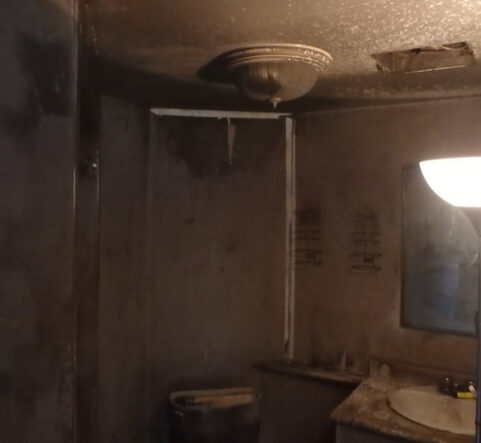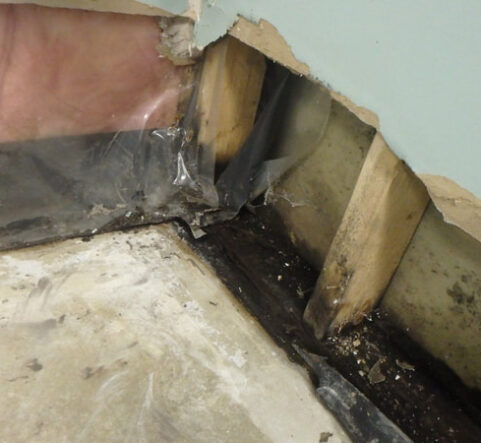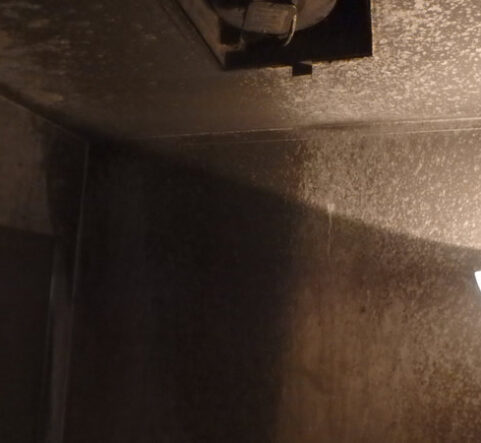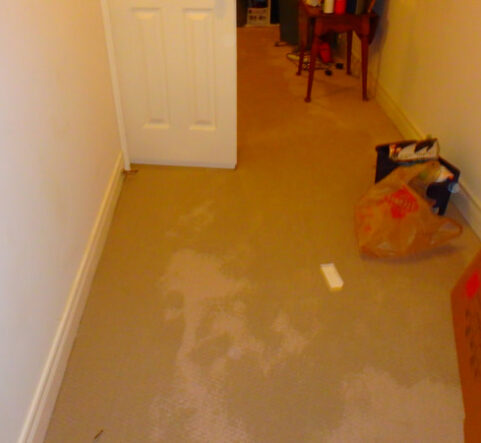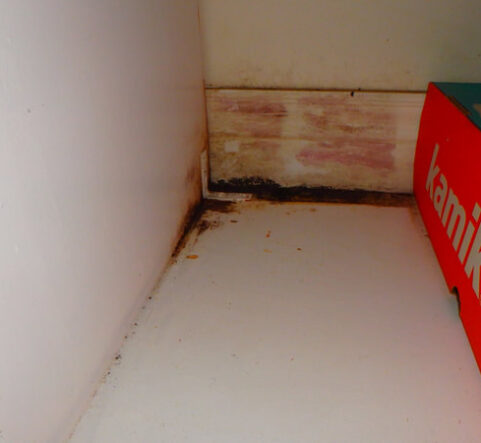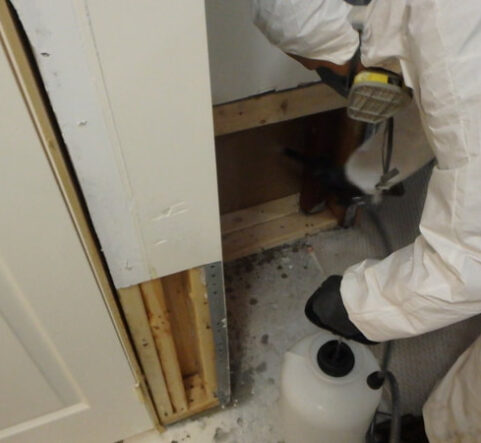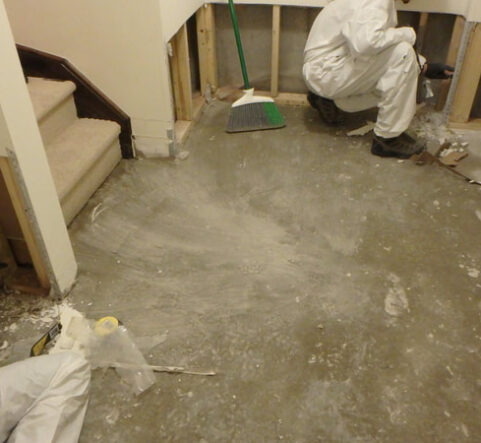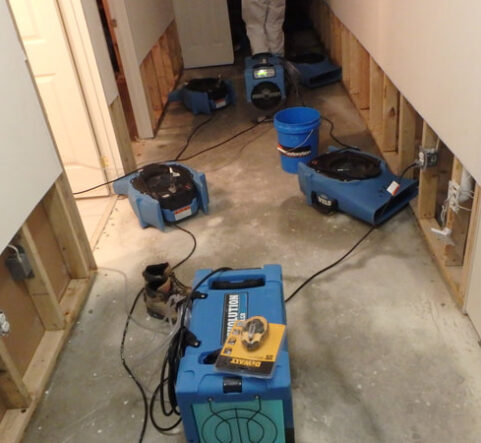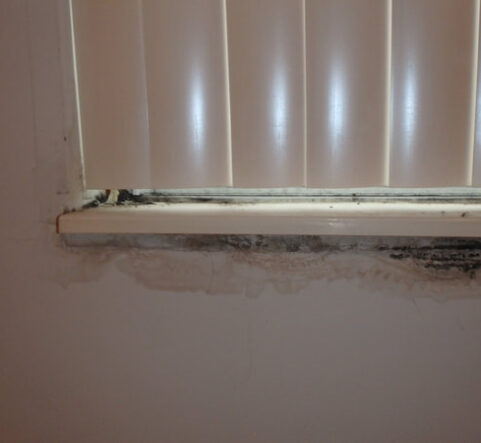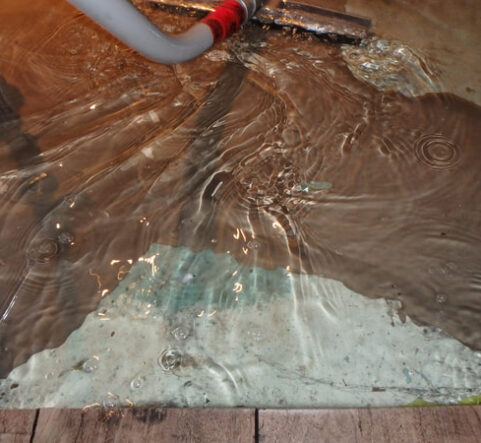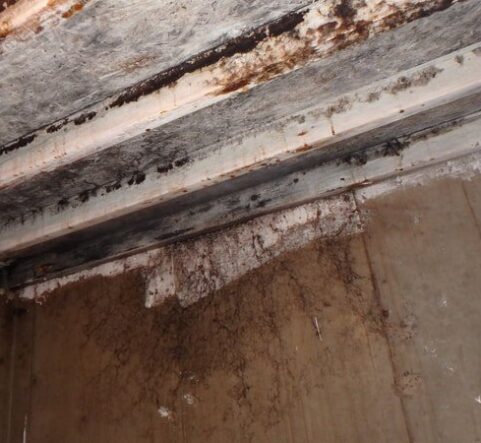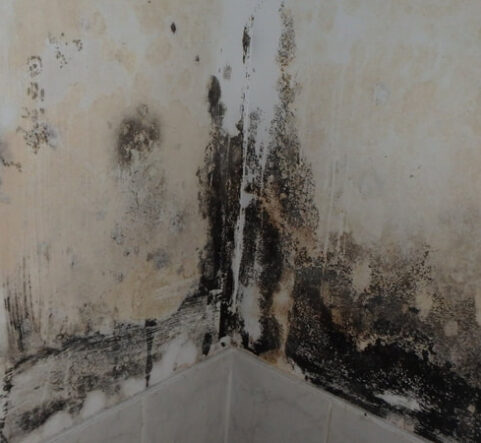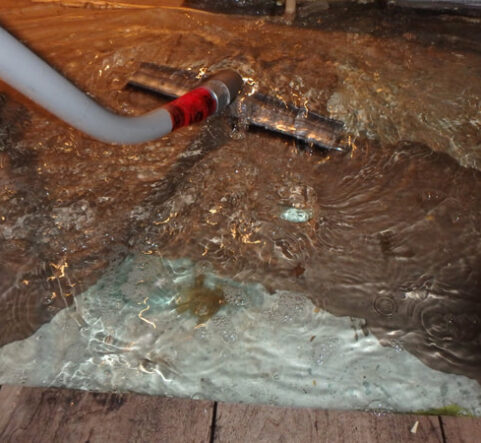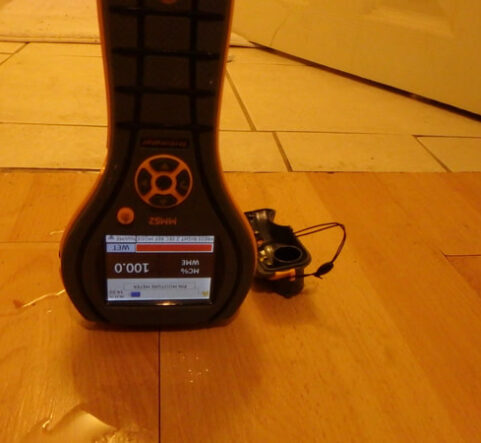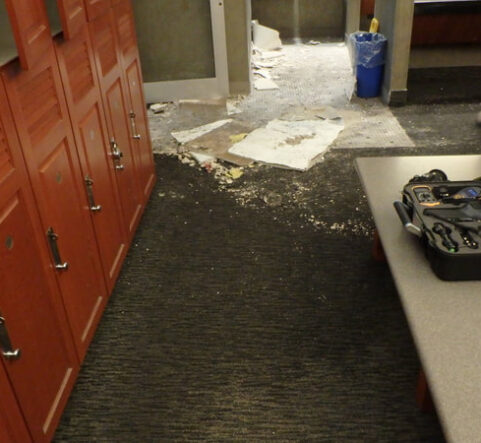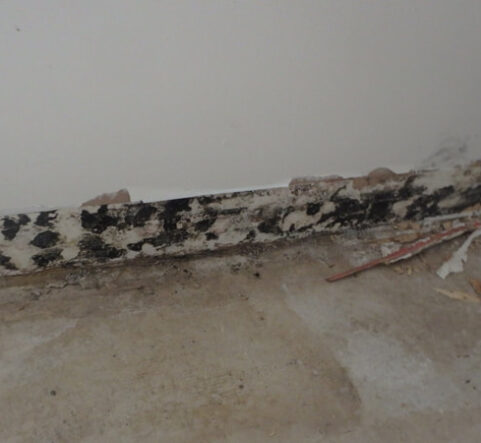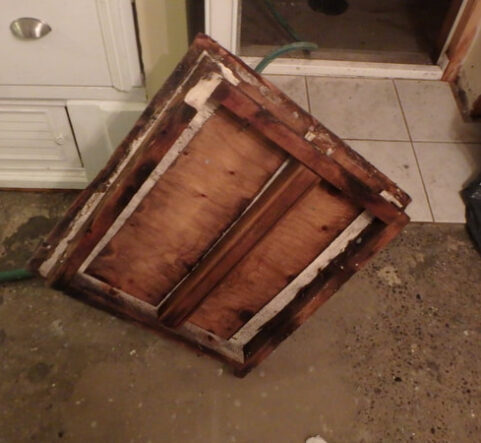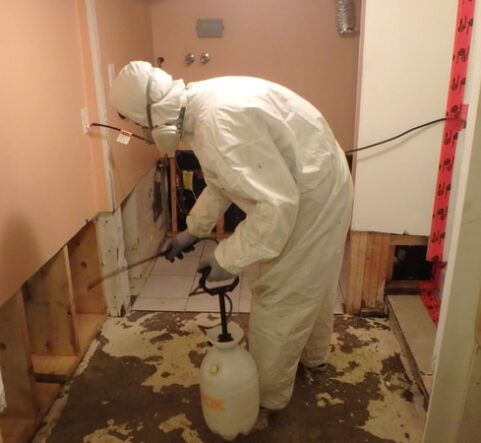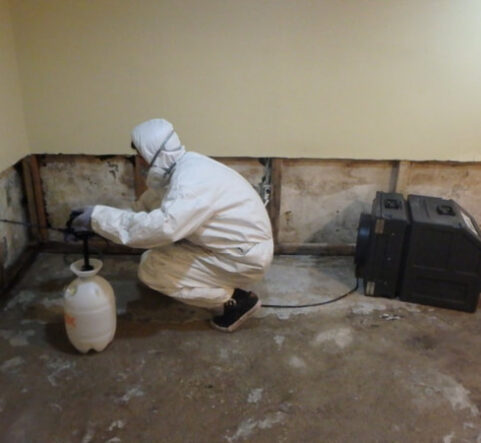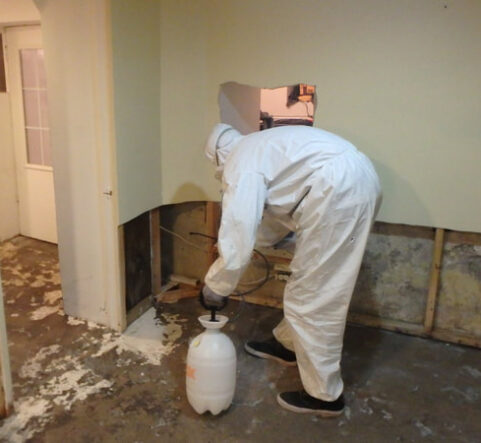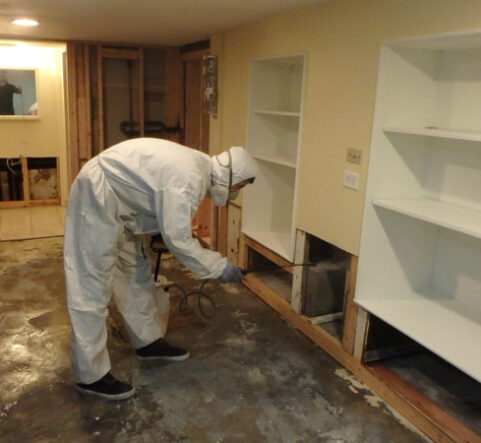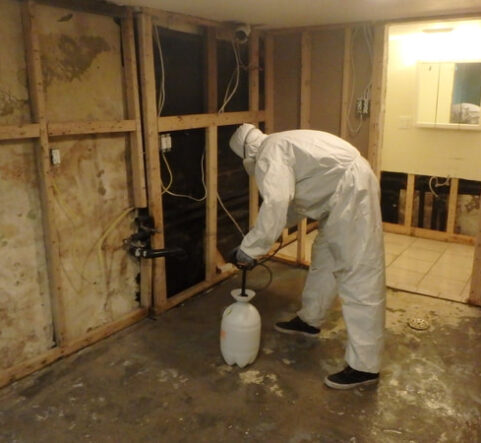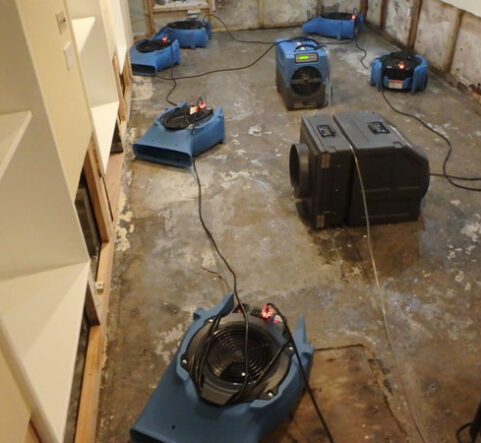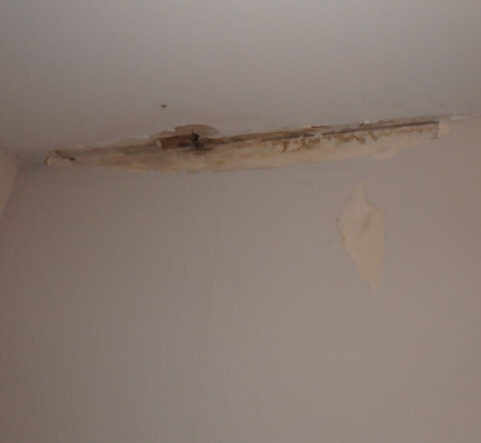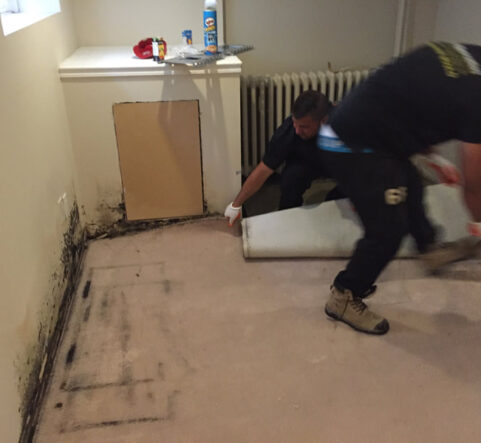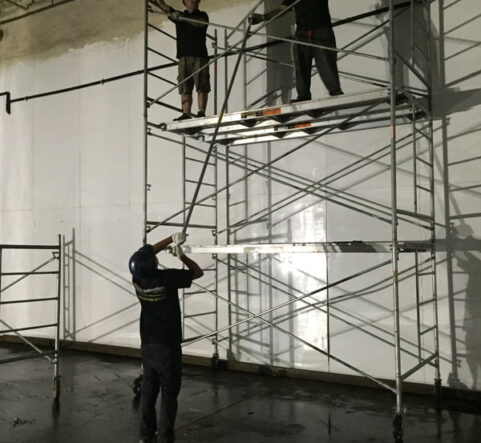The Power of Imagery in Disaster Restoration Services
Introduction to Disaster Restoration Services
Disaster restoration services encompass a broad spectrum of activities aimed at returning properties to their pre-disaster state after experiencing significant damage. These services are essential following events such as floods, fires, and storms, which can leave homes and businesses in a state of disrepair.
Floods, for instance, can lead to water damage, mold growth, and structural issues, necessitating comprehensive water extraction, drying, and dehumidification. Fires can cause extensive smoke and soot damage, requiring specialized cleaning and restoration efforts. Storms, with their potential for high winds and heavy rainfall, can result in roof damage, broken windows, and even structural collapse.
The primary objective of disaster restoration services is to mitigate further damage, restore affected areas, and ensure that properties are safe and habitable once again. This involves a multi-step process, starting with emergency response and assessment, followed by cleanup, repair, and finally, restoration.
Professionals in this field are equipped with the necessary tools, knowledge, and experience to handle various types of damage efficiently. They work diligently to salvage as much as possible, preventing additional costs and complications for property owners.
The importance of these services cannot be overstated, as they play a crucial role in helping individuals and communities recover from the devastating effects of disasters. Quick and effective restoration not only preserves the structural integrity of buildings but also helps in maintaining the emotional well-being of those affected.
As we delve into the subsequent sections, we will explore how disaster restoration photos and images play a pivotal role in this process, offering a visual documentation that aids in assessment, communication, and overall restoration efforts.
The Role of Photos in Assessing Damage
In the realm of disaster restoration, the initial assessment stage is pivotal. At the forefront of this process are disaster restoration photos, which serve as indispensable tools for professionals tasked with evaluating the extent of the damage. These images provide a comprehensive visual record that allows restoration experts to meticulously document the destruction, identifying which areas are most severely impacted.
Disaster restoration photos offer a clear and detailed depiction of the affected site, enabling professionals to discern the specific materials and resources required for the restoration process. For instance, high-resolution images can reveal the extent of water damage to walls, floors, and furniture, which might not be immediately apparent to the naked eye. Similarly, photos of fire-damaged areas can help identify structural weaknesses and the degree of smoke and soot infiltration.
Having detailed images is crucial for ensuring accurate assessments. Restoration professionals rely on these photos to create a precise inventory of damaged items and to map out a strategic plan for recovery. This visual documentation aids in prioritizing tasks, allocating resources effectively, and estimating the time and cost involved in the restoration efforts.
Moreover, disaster restoration photos play a vital role in communication and reporting. They serve as a visual reference for insurance claims, providing irrefutable evidence of the damage sustained. This can expedite the claims process and ensure that property owners receive the necessary financial support to commence restoration. Furthermore, clear and detailed images facilitate better communication among restoration teams, contractors, and stakeholders, fostering a more coordinated and efficient response.
In essence, the power of imagery in disaster restoration cannot be overstated. Clear, detailed photos are a cornerstone of the initial damage assessment, ensuring that restoration professionals can plan and execute the recovery process with precision and efficiency. By leveraging the visual clarity provided by disaster restoration photos, the path to recovery becomes more structured and manageable, ultimately leading to more effective restoration outcomes.
Before and After Photos: Showcasing Transformations
In the field of disaster restoration, imagery holds a significant place. Before and after photos are more than just visual documentation; they provide a compelling narrative of transformation. When a property is ravaged by fire, flood, or other disasters, it can be difficult for clients to envision the potential for recovery. Here, disaster restoration photos play a pivotal role in bridging this gap.
Before photos capture the extent of the damage, illustrating the challenges that lie ahead. These images serve as a baseline, portraying the starting point of the restoration journey. Conversely, after photos highlight the remarkable improvements made, showcasing the expertise and effectiveness of the restoration services. This juxtaposition between the initial devastation and the restored state provides a clear, visual testament to the work accomplished.
The impact of these before and after photos extends beyond mere documentation. They have a profound psychological effect on clients. Seeing tangible evidence of previous successful restorations helps to build trust and confidence in the restoration team. It reassures clients that recovery is not only possible but can lead to significant improvements, often restoring the property to a better state than before the disaster.
Moreover, these photos serve as powerful testimonials. They visually communicate the competence and reliability of the restoration services, often more convincingly than words alone. Prospective clients evaluating different service providers can be swayed by the clear, visual evidence of previous successes. This makes disaster restoration photos an invaluable tool in marketing and client acquisition.
In summary, the use of before and after photos in disaster restoration goes beyond aesthetics. They provide a visual narrative that underscores the transformation process, instilling hope and confidence in clients while serving as compelling testimonials to the efficacy of the restoration services.
Enhancing Communication with Clients
Effective communication is paramount in disaster restoration services, and utilizing imagery can significantly enhance the interaction between professionals and clients. Visual documentation of the affected areas provides a clear representation of the extent of the damage, which can be challenging to convey through words alone. Disaster restoration photos serve as tangible evidence, allowing clients to grasp the severity of the situation quickly and accurately.
These images not only facilitate initial assessments but also play a crucial role in outlining the necessary steps for restoration. By visually mapping out the damage, restoration experts can explain the required interventions in a manner that is easily understandable for clients. This transparency helps in setting realistic expectations and fosters a collaborative approach to the restoration process.
Furthermore, regularly updating clients with progress photos ensures ongoing transparency and maintains trust throughout the project. By sharing images at different stages, clients can visually track the progress of the restoration work. This continuous flow of information reassures clients that their property is being restored efficiently and diligently. It also provides an opportunity for clients to raise any concerns or questions in real-time, thus avoiding potential misunderstandings.
The use of disaster restoration photos extends beyond immediate communication needs. These images can be archived and used for future reference, aiding in post-restoration evaluations and any necessary follow-up work. Additionally, they can serve as valuable documentation for insurance claims, providing indisputable evidence of the damage and the restoration efforts undertaken.
In essence, integrating visual documentation into disaster restoration services significantly enhances communication by making complex information more accessible and transparent. This approach not only helps clients understand the scope of work but also builds a foundation of trust and cooperation, which is essential for successful restoration outcomes.
Training and Education for Restoration Professionals
In the field of disaster restoration, the use of photos and images plays a crucial role in the training and education of new professionals. Visual aids are invaluable for teaching the identification of various types of damage, demonstrating proper restoration techniques, and reinforcing safety protocols. The integration of disaster restoration photos into training programs not only enhances learning but also prepares professionals for the practical challenges they will encounter in the field.
By examining detailed images of fire, water, mold, and storm damage, trainees can develop a keen eye for recognizing the extent and nature of different types of damage. These photos provide concrete examples of what to look for, which is often more effective than textual descriptions alone. For instance, images of water damage can illustrate the subtle differences between superficial stains and structural compromises, helping trainees make accurate assessments in real-world scenarios.
Moreover, disaster restoration photos are instrumental in demonstrating proper restoration techniques. Trainees can observe step-by-step processes through visual documentation, enabling them to grasp complex procedures more easily. For example, images showing the progression of mold remediation from initial containment to final clearance can clarify each stage of the process. Such visual documentation ensures that new professionals understand not just the theory, but also the practical application of restoration methods.
Safety is paramount in disaster restoration, and photos play a pivotal role in instilling best practices. Images depicting appropriate use of personal protective equipment (PPE), correct handling of hazardous materials, and safe operation of restoration machinery reinforce safety protocols. By visualizing these practices, trainees are more likely to internalize and adhere to safety guidelines, reducing the risk of accidents and injuries.
Real-life examples through images effectively bridge the gap between classroom learning and fieldwork. By analyzing disaster restoration photos from actual projects, trainees gain insights into the complexities and nuances of real-world scenarios. This exposure equips them with the confidence and competence needed to tackle the diverse challenges they will face in their careers, ultimately enhancing the quality and efficiency of disaster restoration services.
Marketing and Promotion of Restoration Services
In the competitive field of disaster restoration, high-quality images play a crucial role in marketing and promotion. Utilizing disaster restoration photos effectively can significantly enhance the appeal and credibility of marketing materials. Websites, brochures, and social media platforms benefit immensely from the inclusion of compelling imagery, making them more engaging and effective in attracting potential clients.
First and foremost, a well-designed website with clear, high-resolution photos of past restoration projects can serve as a powerful visual portfolio. These images provide prospective clients with tangible evidence of the company’s expertise and capabilities. Showcasing ‘before and after’ photos of successful projects can create a strong visual impact, illustrating the transformative power of the services offered. This not only builds trust but also helps in setting realistic expectations for new clients.
Brochures, another critical marketing tool, can be significantly enhanced by incorporating detailed and vivid images. High-quality images can break the monotony of text, making the brochures more visually appealing and easier to digest. They can highlight the various stages of the restoration process, offer insights into the techniques used, and showcase the final results. By doing so, they can effectively communicate the value proposition of the service, making it more relatable and convincing to potential clients.
Social media platforms, known for their visual-centric nature, are particularly well-suited for the promotion of disaster restoration services through photos. Regularly posting images of projects, client testimonials, and behind-the-scenes shots can help in maintaining an active and engaging online presence. This not only attracts new clients but also strengthens the brand’s reputation. Engaging visuals can drive higher interaction rates, leading to increased visibility and reach.
In conclusion, the strategic use of disaster restoration photos in marketing materials is indispensable for building a strong brand reputation and attracting potential clients. By showcasing successful restoration projects through high-quality images, companies can effectively highlight their expertise and reliability, thereby gaining a competitive edge in the market.
Legal and Insurance Documentation
In the realm of disaster restoration, detailed imagery plays a pivotal role in legal and insurance documentation. Capturing comprehensive disaster restoration photos is essential for filing insurance claims accurately and efficiently. These photos serve as irrefutable evidence of the extent of damage sustained, providing a clear visual record that supports written reports and assessments. Insurers rely heavily on such visual documentation to validate claims, ensuring that policyholders receive the compensation they are entitled to.
Moreover, thorough visual documentation can significantly streamline the claims process. By presenting detailed images, restoration companies can expedite the evaluation and approval phases, reducing the time clients spend awaiting settlements. This not only enhances client satisfaction but also fosters a reputation of reliability and transparency for the restoration service provider.
From a legal perspective, disaster restoration photos are indispensable. They serve as concrete proof of the initial damage, the restoration efforts undertaken, and the final outcome. This is crucial for compliance with regulations and standards set by industry authorities. In the event of disputes or litigation, these images can be used as evidence to resolve conflicts, protecting both clients and restoration companies from potential liabilities.
Furthermore, maintaining a robust visual record ensures adherence to contractual obligations. Clients can rest assured that the restoration process is thoroughly documented, providing peace of mind and a sense of security. Restoration companies, on the other hand, can safeguard their interests by demonstrating due diligence and meticulous attention to detail.
In summary, the significance of disaster restoration photos in legal and insurance contexts cannot be overstated. They are a fundamental component of the documentation process, ensuring accuracy, compliance, and protection for all parties involved. As such, investing in high-quality imaging and comprehensive visual records is paramount for any disaster restoration service provider.
The Future of Imagery in Disaster Restoration
The role of imagery in disaster restoration is rapidly evolving, driven by advancements in technology that promise to transform the industry. Emerging tools such as drones, 3D imaging, and virtual reality are at the forefront of this transformation, offering new ways to assess damage and document restoration efforts comprehensively.
Drones have become invaluable in disaster restoration, providing aerial disaster restoration photos that capture extensive damage from vantage points previously inaccessible. These high-resolution images offer a detailed overview, enabling faster and more accurate assessment of affected areas. This not only speeds up the initial response but also enhances the precision of restoration plans.
3D imaging technology is another game-changer. By creating detailed three-dimensional models of damaged structures, restoration professionals can visualize the extent of damage with unprecedented clarity. This technology aids in meticulous planning and can even predict potential structural failures, ensuring safer and more effective restoration processes.
Virtual reality (VR) is also making significant strides in disaster restoration. VR allows stakeholders to immerse themselves in a virtual reconstruction of the disaster site, providing an interactive experience that static photos cannot match. This can be particularly beneficial for training purposes, enabling restoration teams to practice their response in a controlled, realistic environment.
While these technologies offer substantial benefits, they also present challenges. The integration of drones, 3D imaging, and VR requires significant investment and training. Additionally, there are concerns regarding data privacy and security, especially when capturing and storing sensitive images. The industry must navigate these obstacles to fully leverage the potential of these advanced tools.
Ultimately, the future of imagery in disaster restoration is promising. As technology continues to advance, the ability to capture and analyze disaster restoration photos will become more sophisticated, leading to more efficient and effective restoration efforts. Embracing these innovations will not only improve the industry’s response to disasters but also enhance the quality of service provided to those affected.
Restoration Photo Pictures Gallery
[maxgallery id=”25466″]
Photo Gallery Pictures Emergency?
Call Today!
1-800-506-6048
Learn more ↴
Disaster Restoration Photo Images Gallery, GTA Restoration, Photo Gallery Pictures Of Fire & Water Damage Restoration
Tags: Brampton Water Damage, Burlington Flood Cleanup, Burlington Water Damage, Caledon Water Damage, Etobicoke Water Damage, Flood, Flood Cleanup, Flood Cleanup Ajax, Flood Cleanup Aurora, Flood Cleanup Brampton, Flood Cleanup Burlington, Flood Cleanup Service Near Me, Flood Cleanup Service Near You, Insurance Claims, Mold Growth, Mold Remediation, Restore Location Ajax, Restore Location Near Me, Sewage Clean up, Water Damage, Water Damage Ajax, Water Damage Aurora, Water Damage Burlington, Water Damage Caledon, Water Damage Etobicoke, Water Damage Restoration, Water Damage Restoration Aurora, Water Damage Restoration Caledon, Water Damage Service Near Me, Water Damage Service Near You, Water Damage Woodbridge, Water Flood Damage Repair Ajax, Woodbridge Water Damage
Related

